|
Wild Turkeys and fresh snow, Mt Lemmon, March 18, 2020, the last official day of winter! Mt. Lemmon in January: Acorn Woodpeckers and Pine SiskinsWe last dropped in on the mountain community of Acorn Woodpeckers in October as they prepared for winter. Well, winter arrived, and here we see a male tending to the granary tree at Ajo and Loma Linda Extension on January 31st. In the image above he is sitting on a main branch of the dead granary tree, below he is checking out inventory, almost halfway through winter. Like all woodpeckers he is using tail to brace himself on the tree. It appears that his winter store of acorns is down from fall inventory. We see acorns in the image above, captured on January 31st. For comparison, the image below was captured on October 18th. It is on a different part of the same tree, but most of the holes appear full, the result of the fall harvest. And, then the Pine SiskinsPine Siskins are small birds in the finch family that live throughout North America and reside year round on Mt Lemmon. They move in flocks, and come in large numbers to the feeders, especially in the winter when other food sources are scarce. In this series of images we see the birds going after each other for their part of the feed cylinder. It's not like there is not enough to go around! The last of the series, below, catches a bird with his wings extended showing the yellow markings on the wing, usually only seen when folded. For the photo geeks: This was shot with a Canon 7D Mk II, with an EF 100-400 Mk II, 286 mm, at 1/250 sec. at f/6.3 with fill flash using a Better Beamer. The combination of the flash and relatively slow shutter speed (required for synchronization) captured the wing extended (flash), but also the bird on right behind the wing (slow shutter exposed the bird before the wing overlapped it). Return to White Water Draw: Great Horned OwlWe returned to White Water Draw on February 19, 2020 with a birding group led by Jeff Babson. Since my last visit in December, a pair of Great Horned Owls have set up camp in the barn right at the entrance to the preserve. The images above and below are the male, snoozing mid-morning. Below we see the female sitting on her nest, presumably on eggs. There seems to be lots of prey in the White Water Draw area, so hopefully there will be enough food this spring for Mom, Dad, and their hatchlings. Portions of the barn are roped off under the nest. Image above, just a slit of eye as she sleeps. Below, the left eye opens just a bit, then in the next frame looks a bit more menacing, before they shut us out entirely. Zzzzzzzzzz . . . . . . . . Yellow-headed BlackbirdsAs we started our walk, there was a large flock of Yellow-headed Blackbirds hanging out (literally) on wetland reeds. SE Arizona is in their wintering territory. My guess is that most of the birds we are seeing here are females, with some males mixed in. Males have more yellow on the breast and head than the females do. Flocks of Blackbirds often are made up of predominantly one sex. In southern Arizona winter flocks are often females. Males typically migrate north before females to set up their territories before the females arrive. Below, two females are mixing it up. Special thanks to Jeff Babson both for the tour in February, and for his help reviewing these images. Sandhill CranesFor more on White Water Draw (WWD) and Sandhill Cranes, click on this link which will take you to all my posts on WWD going back to 2015. In February there was less water than in December, but the cranes were still close in and to the right of the main viewing decks. They returned late morning, filling the sky as seen in the image above. The images below show a family of three on their approach. Images below, heavy air traffic on the approach, with a crowded landing field. In the two images below we can see an immature crane who has not yet molted into adult plumage. The vast majority of immature cranes molt before the fall migration, but a few do not, and stand out from the crowd. Snow GeeseSnow Geese are amazing birds that breed in far northern Canada, Alaska and the Artic, and winter in the central U.S., east coast, and portions of Mexico. We are fortunate that they like inland wetlands such as White Water Draw and Bosque del Apache. Images above and below show a flock of Snow Geese coming into the wetlands for a landing around noon. In the images below we can see one goose with distinct coloration, a blue morph. This change in coloration is determined by one gene. Note also in the detail below that this goose is missing one secondary flight feather on the right wing. Snow Geese do not molt in the winter so this is likely the result of an altercation with another goose, or a close encounter with a predator. The geese pictured below are flying a landing pattern very close to the observation path. In the image below, the geese are bunking right next to the Sandhill Cranes. Least SandpiperLeast Sandpipers are the smallest of the shorebirds, known as "peeps" - about 5 to 6 inches long and weighing in at 1 ounce. They breed in far northern Canada and Alaska, and winter in the southern U.S., including the pacific coast, and Mexico. In the images here we can see this sandpiper's distinctive yellow-green legs, and hunched posture as he hunts for food on the edge of the water. Marsh WrenWe spotted this Marsh Wren moving quickly through the understory adjacent to the wetlands, and I tried many times to get a good photo without success. Then, while I was standing on the viewing deck looking for incoming cranes and geese, he popped out of the undergrowth and began hopping from branch to branch right below me. A good angle and good lighting produced this series. This Marsh Wren is in his winter range. Some do live year round in northern Arizona, but most breed in the northern U.S. and Canada. Described by the Cornell website as pugnacious, they are ground foragers that live in marshes. They will built multiple nests and breed with multiple females, often destroying eggs and nestlings of other Marsh Wrens. If you read my last post you know I ended it with a "footnote" - a note about birds feet. The Marsh Wren has a foot with the most common configuration, 4 toes. We can clearly see all 4 toes in this series, and the way the wren can use them to stand on a flat surface, or encircle a branch or reed. In the last two frames below, the wren is hanging upside down with his toes firmly attached to the branch, and then moves upright without changing his foothold. As they say in the game of squash, it is all in the wrist. "Wait, don't go. What about those Wild Turkeys in the snow?"I was in the middle of editing this post here on Mt Lemmon when it snowed!! 6 inches on Wednesday the 18th into the 19th. I decided to lead off with the Wild Turkeys, but I cannot leave you all hanging there. So here are some more images of the last day of winter and the first day of spring (the 19th is early for spring and here is a link explaining why). It started snowing early afternoon, and the Pine Siskins were at the feeders in force. The following morning, March 19th, this Northern Flicker came by to say hello! (For the photo geeks, this image was shot through the sliding glass door on the cabin, which I do believe is better glass than the side window of a Ford van. Opening the door and having the subject stay put was not an option.) One final "footnote." The Northern Flicker has 4 toes, two in front and two in back. That's a wrap for winter! Spring is here! Stay safe, stay well. Happy Trails!
6 Comments
Robin
3/25/2020 12:30:51 am
The Turkeys have survived! I was worried!
Reply
Linda Currin
3/25/2020 09:03:52 am
Thanks! Can't wait to get back up to my cabin to see all these birds I love so much!! Please keep feeding them before I get up there!!
Reply
3/26/2020 06:24:06 am
We lived in Willcox, AZ for 5 years. I always enjoyed spying on the beautiful Sandhill Cranes each year.
Reply
Geri Zamberletti
4/16/2020 05:31:14 pm
I enjoyed your pictures so much! Thanks I will be going back to review them frequently. Your talents are very visible.
Reply
Ortrud Schuh
5/17/2020 07:02:24 pm
I am a new resident of Soldier Lake and have just recently taken up birdwatching and bird photography. 2 weeks ago I watched and took pictures of 7 wild turkeys. I also captured a ringed bird on film. Is there an ornithological society that would like to be notified of such recordings?
Reply
Leave a Reply. |
AuthorHenry Johnson, photographer and author of this site. For more detail, see About
Categories
All
Archives
July 2024
|
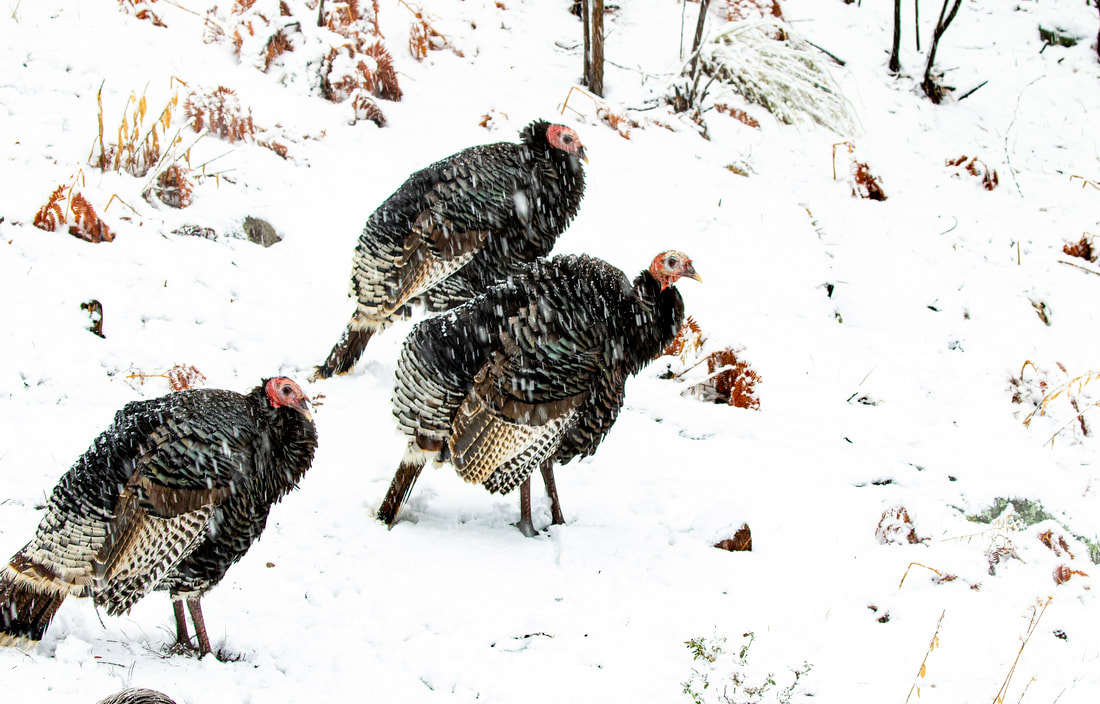
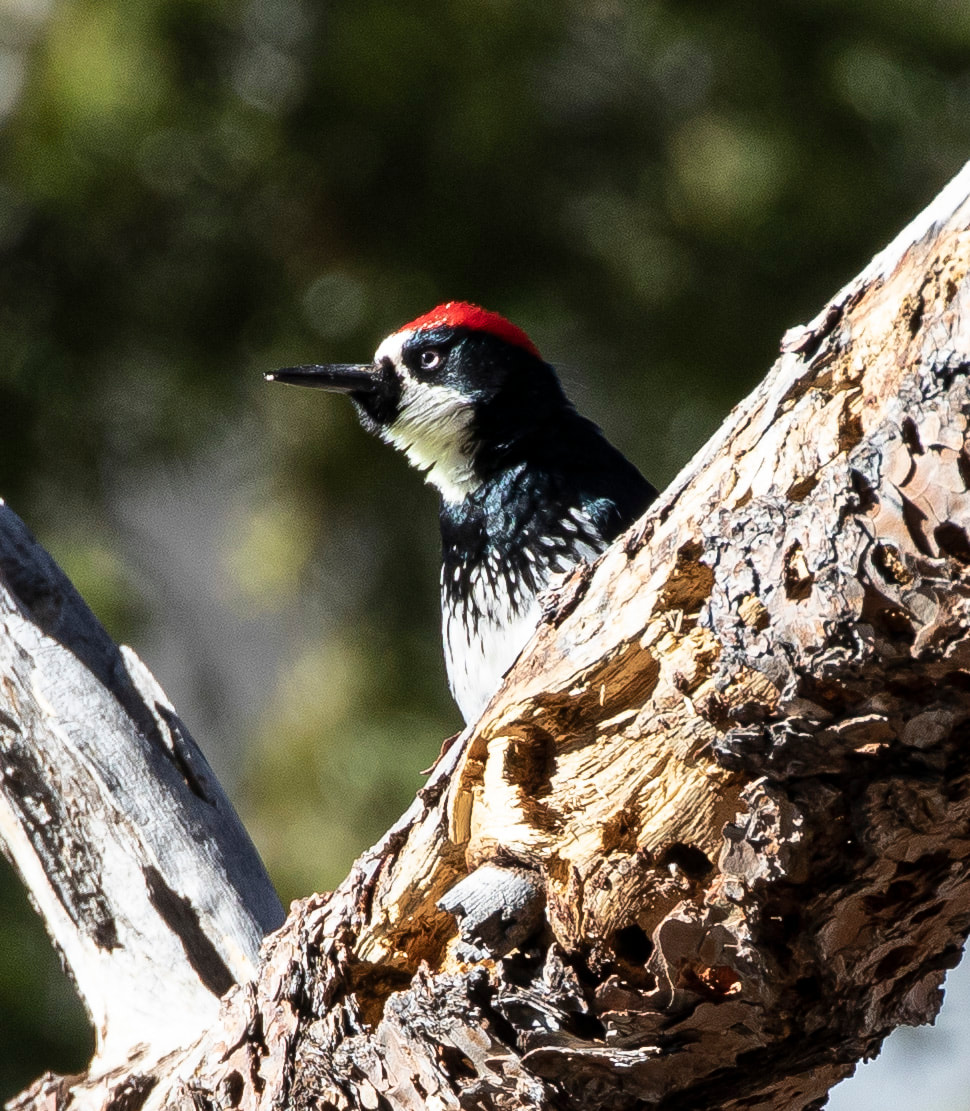
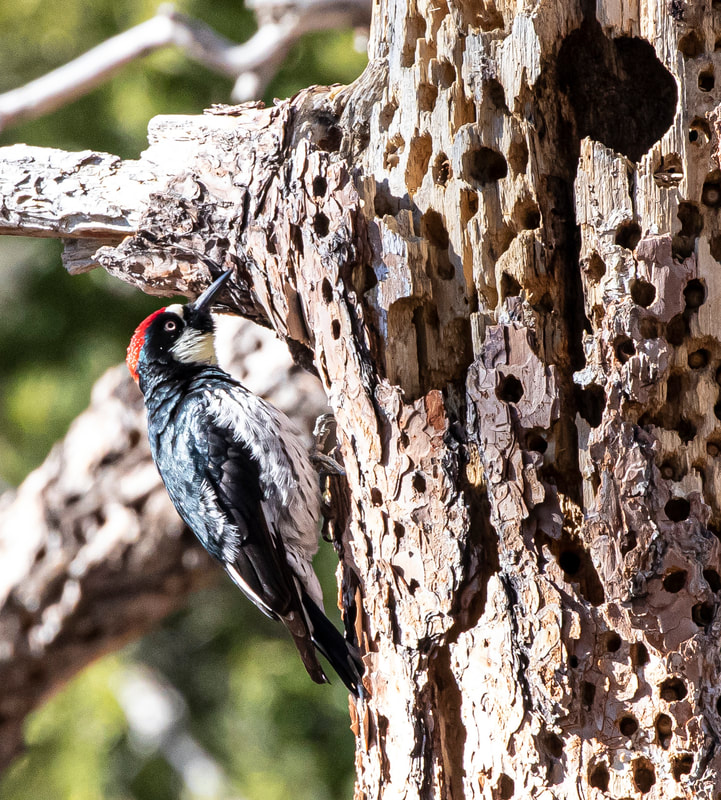
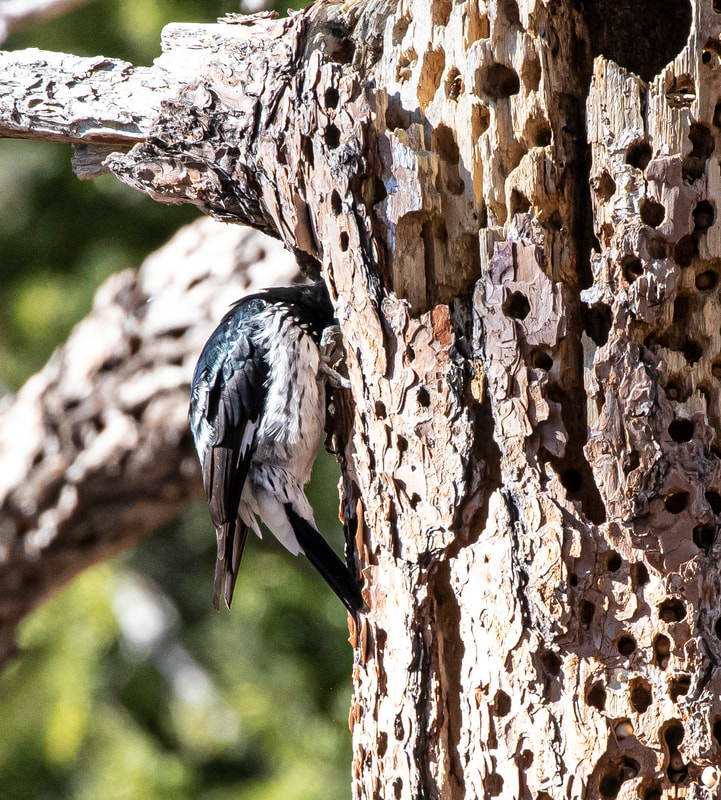
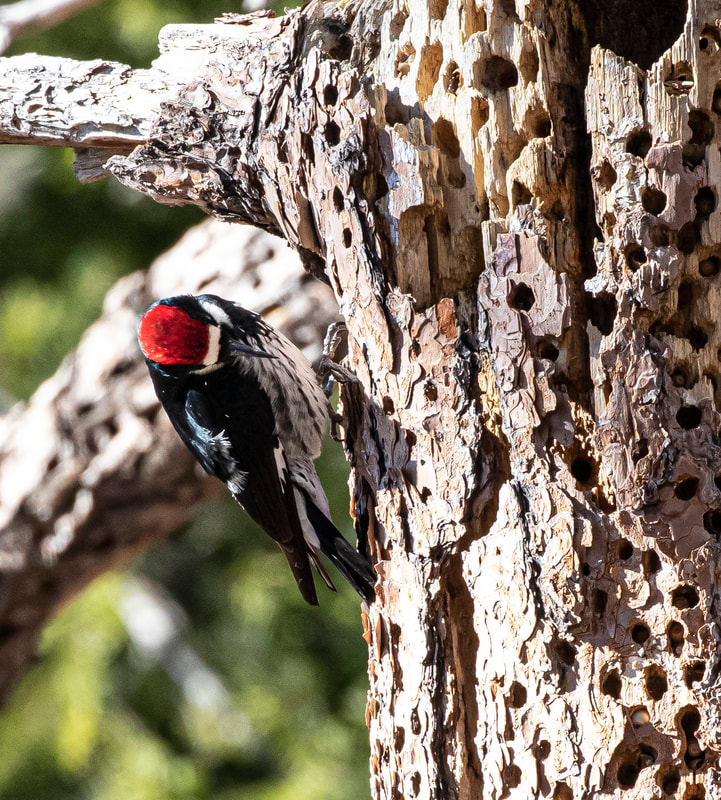
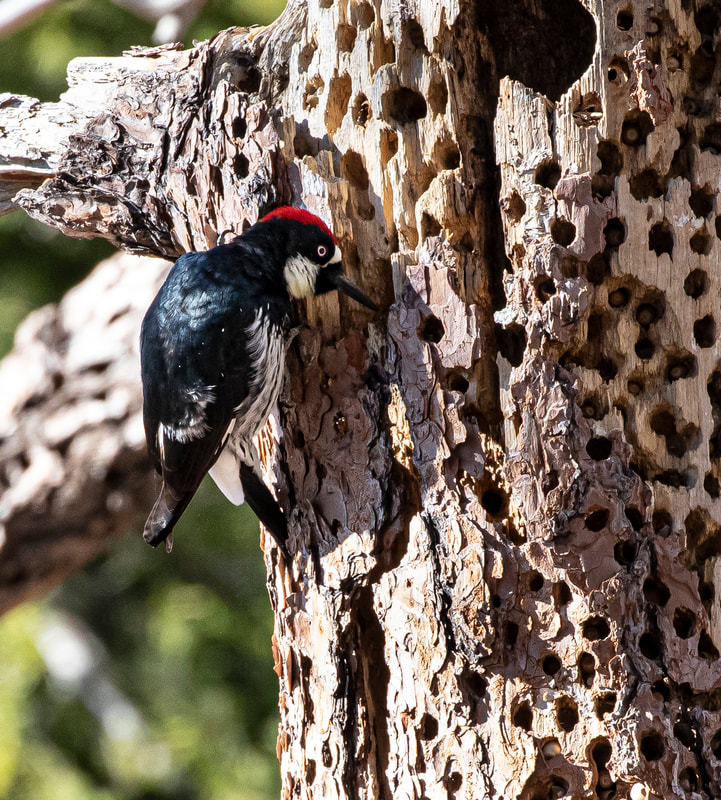

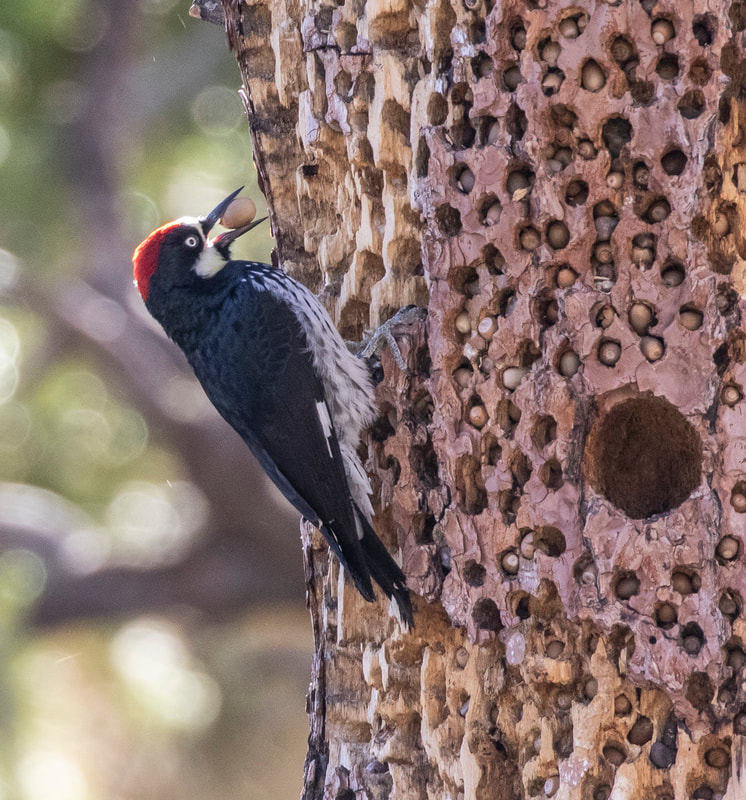
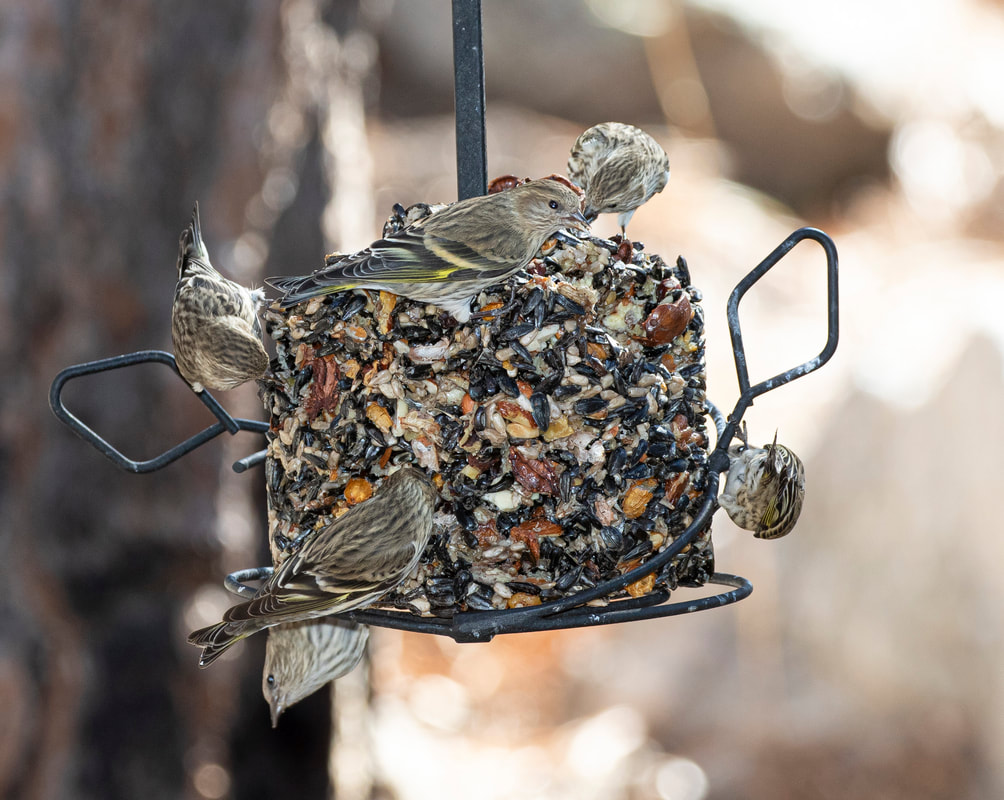
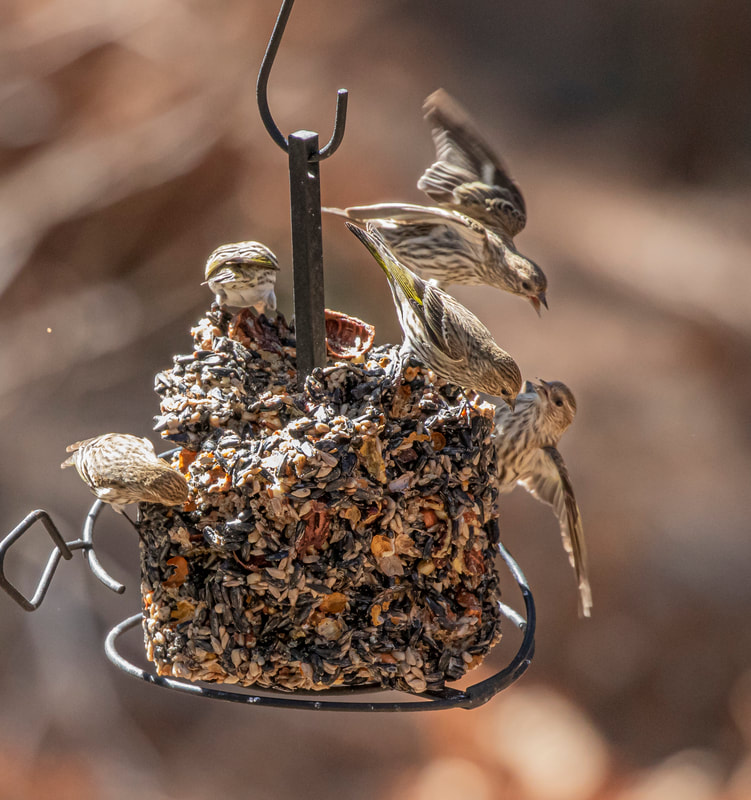


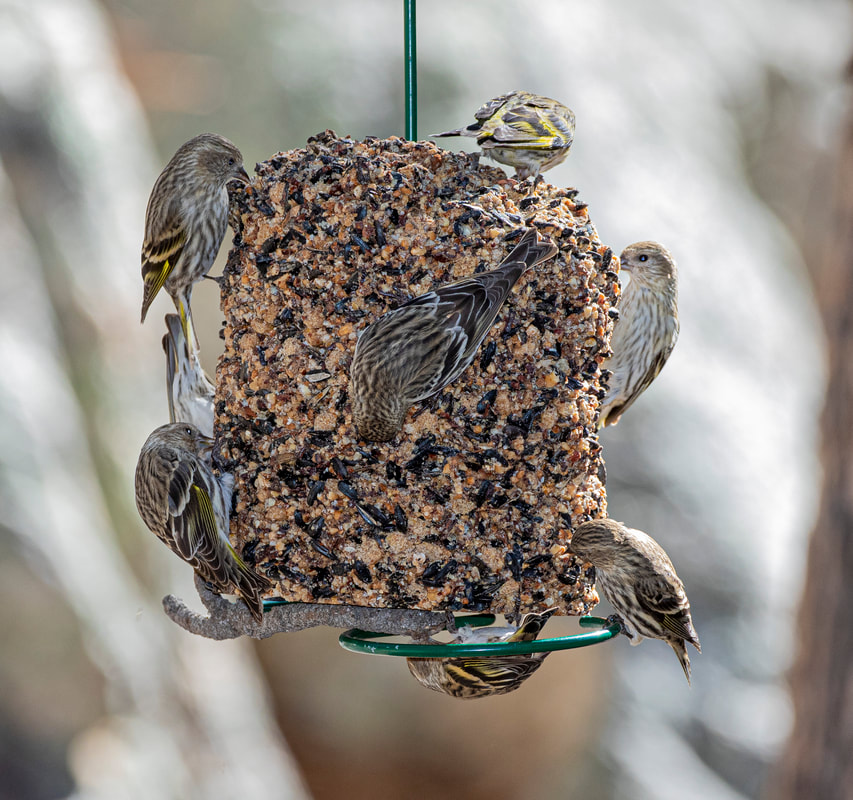
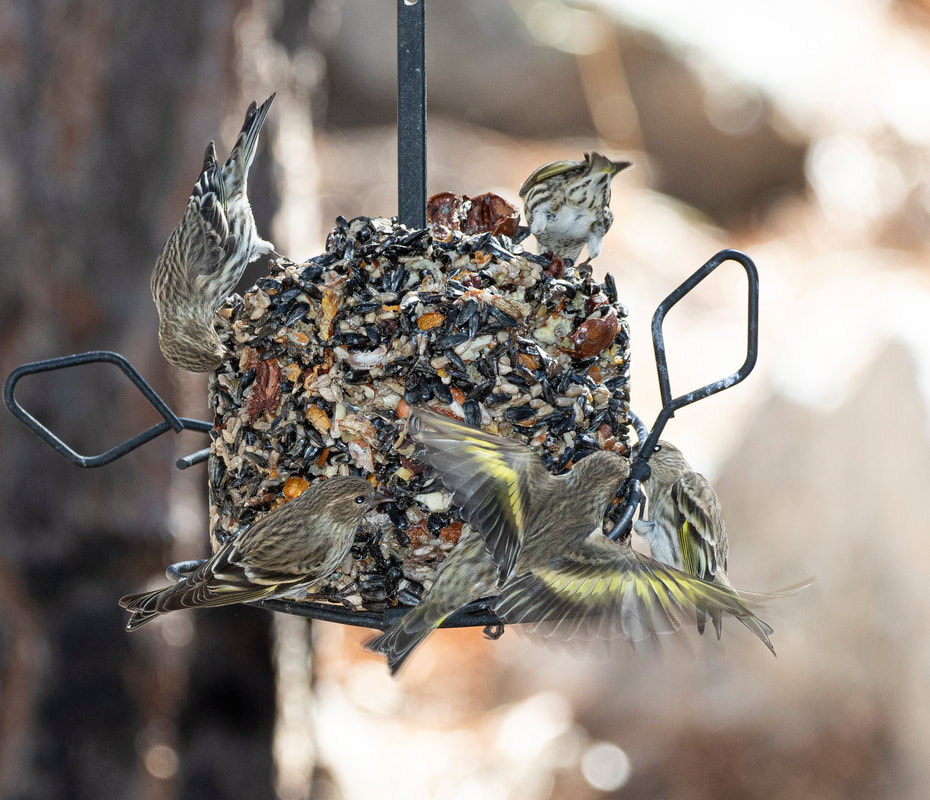
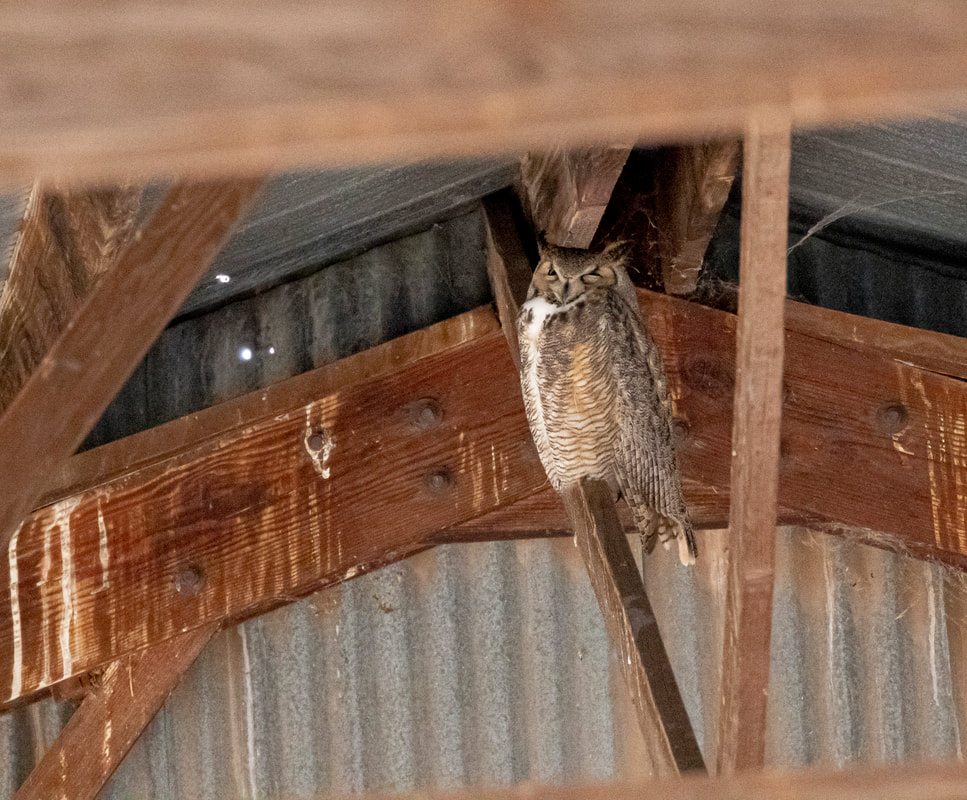
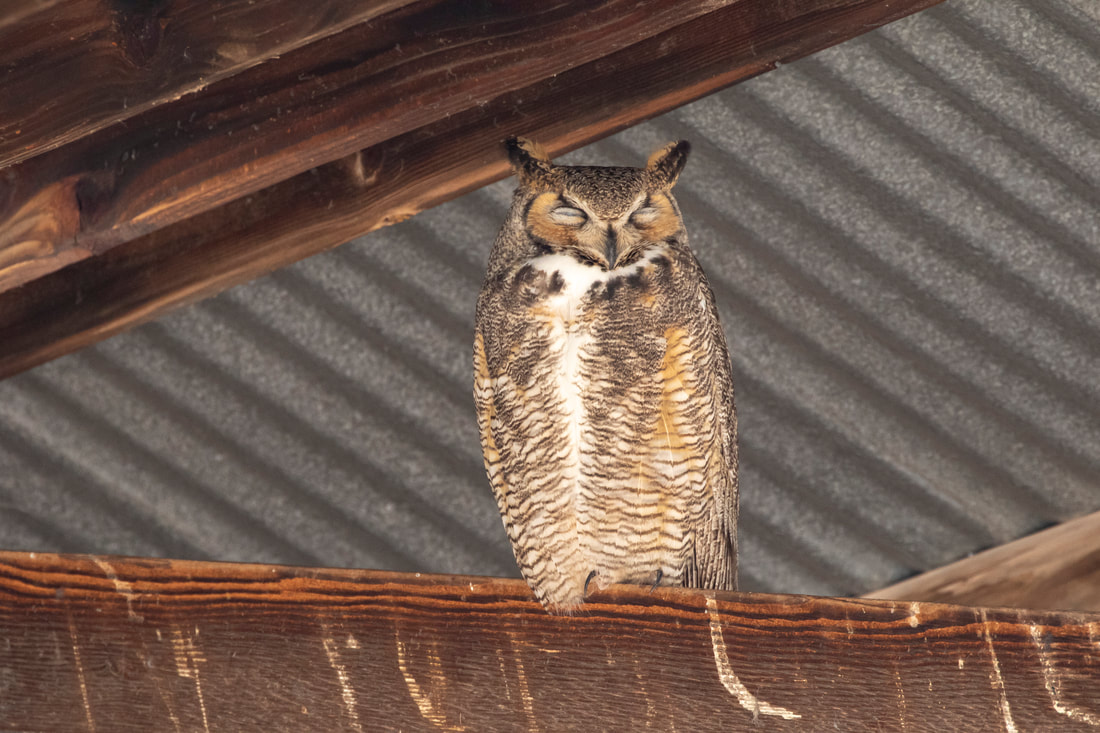
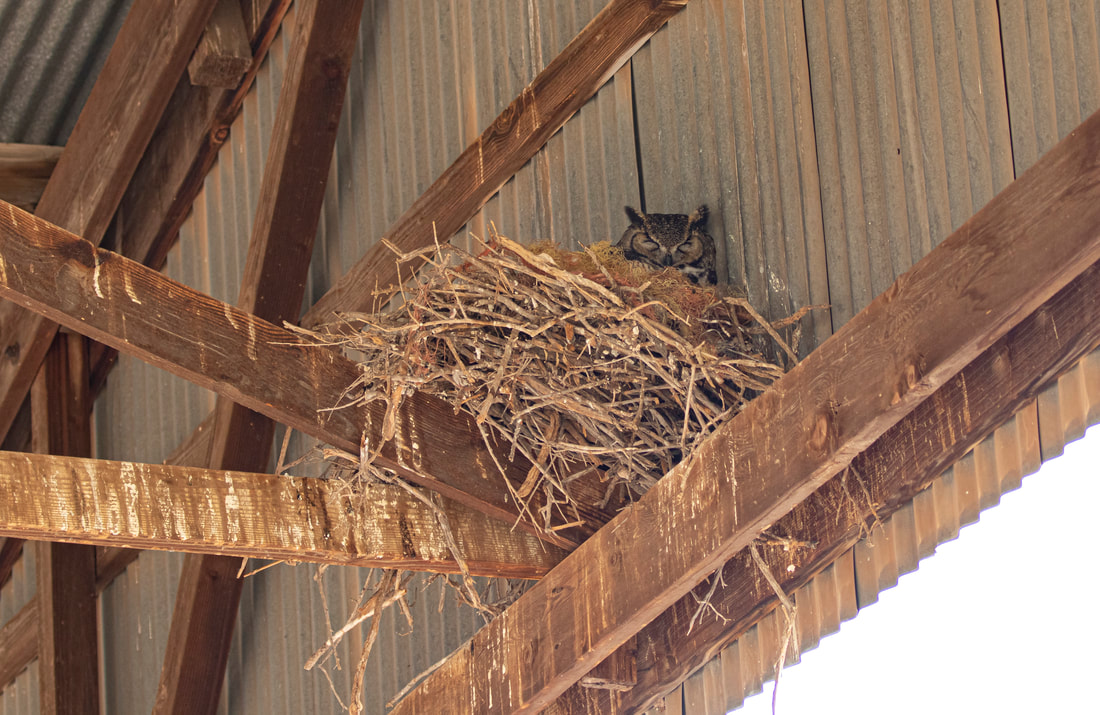
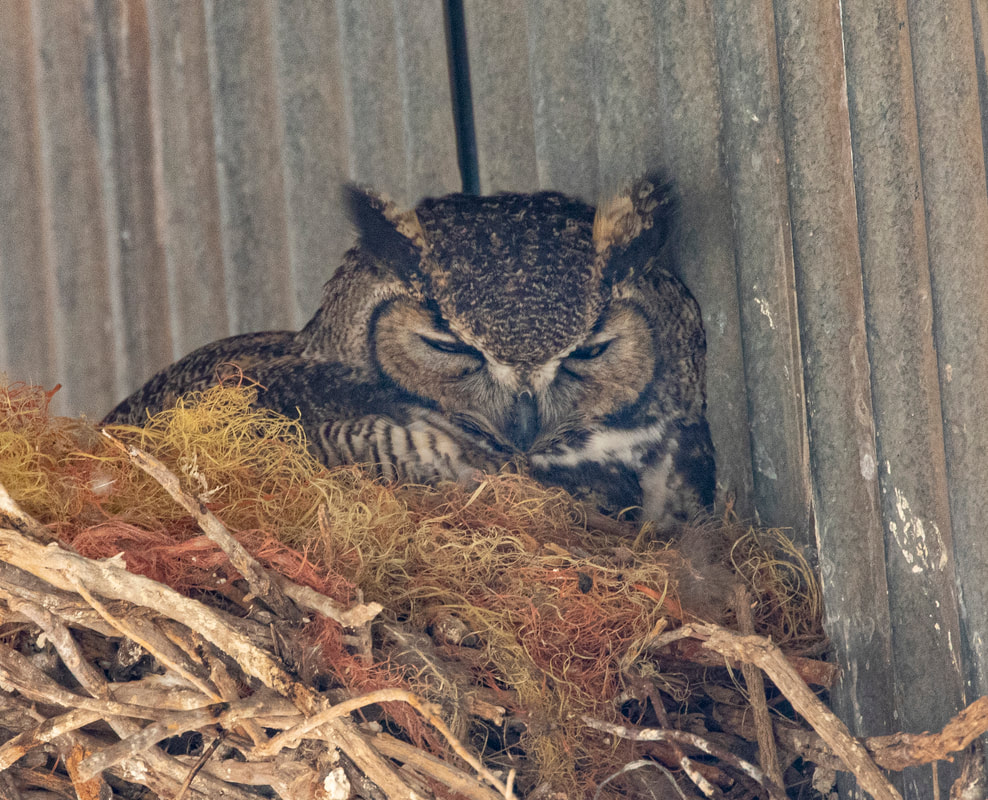
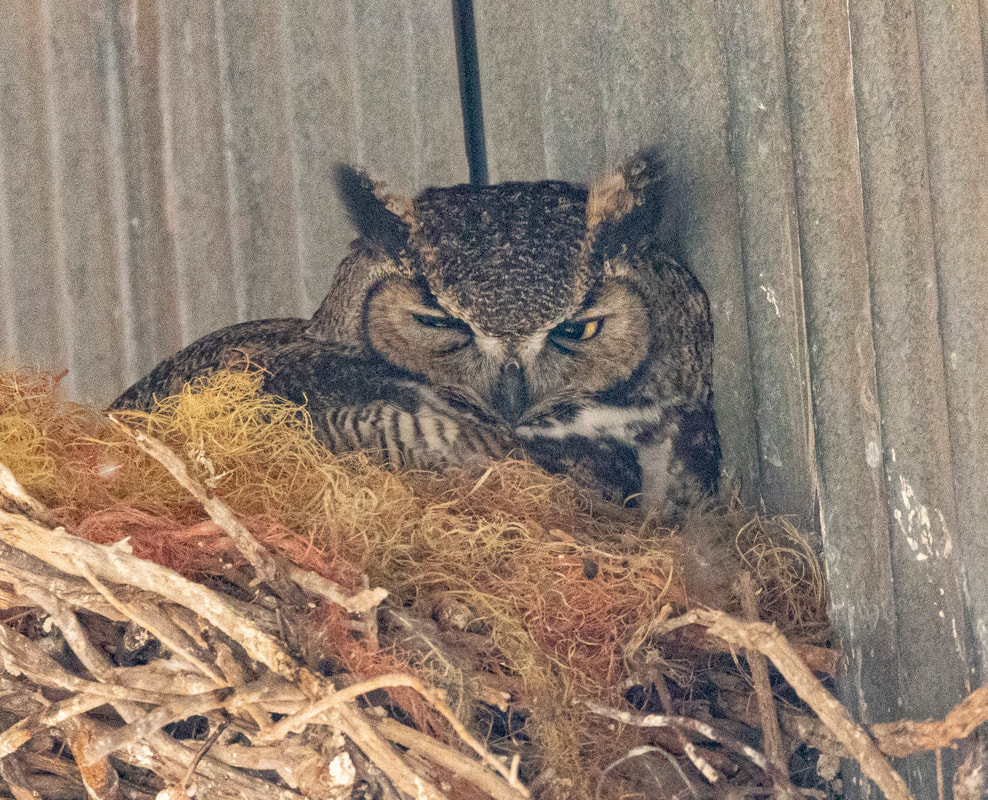
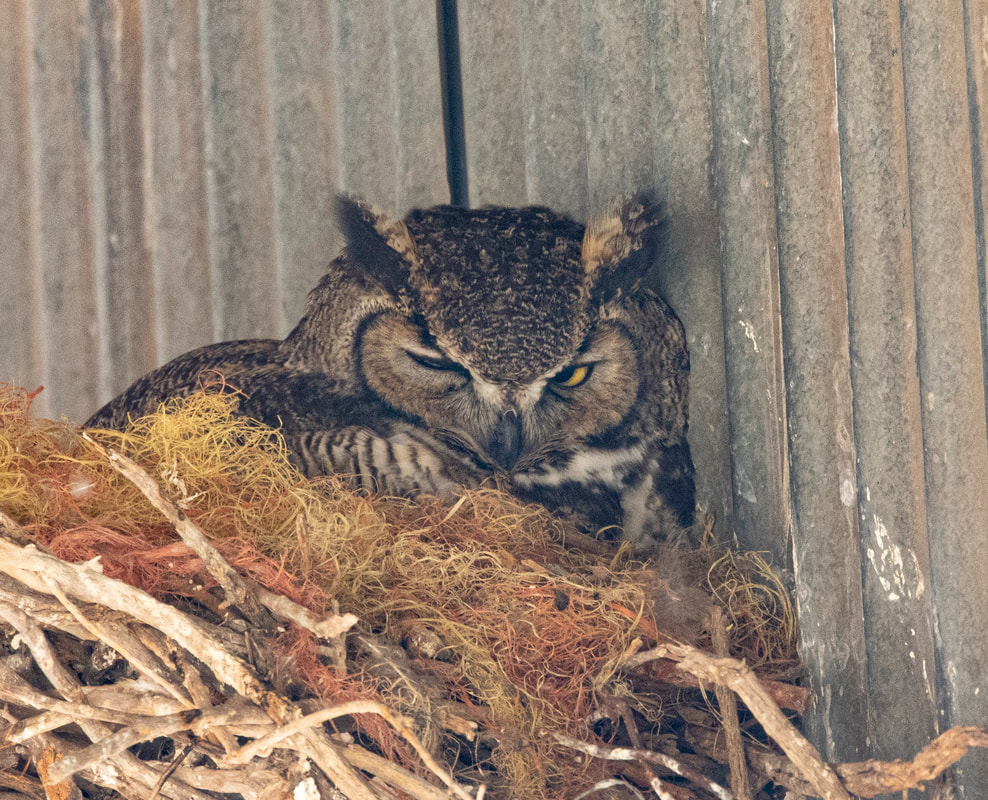
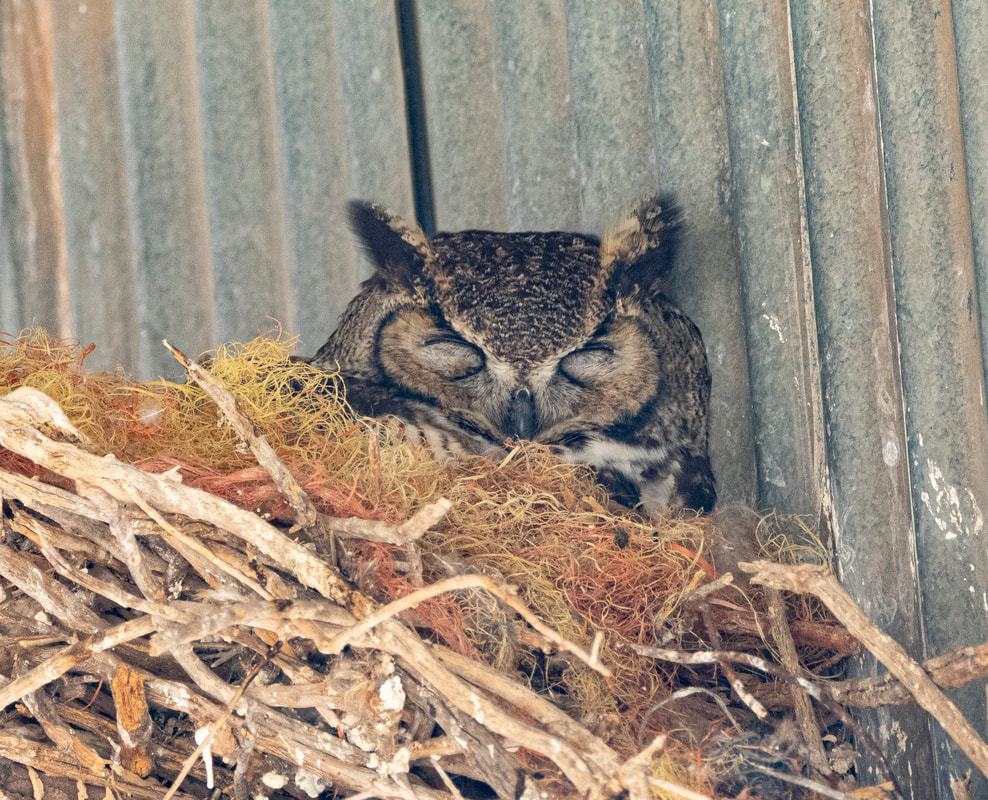
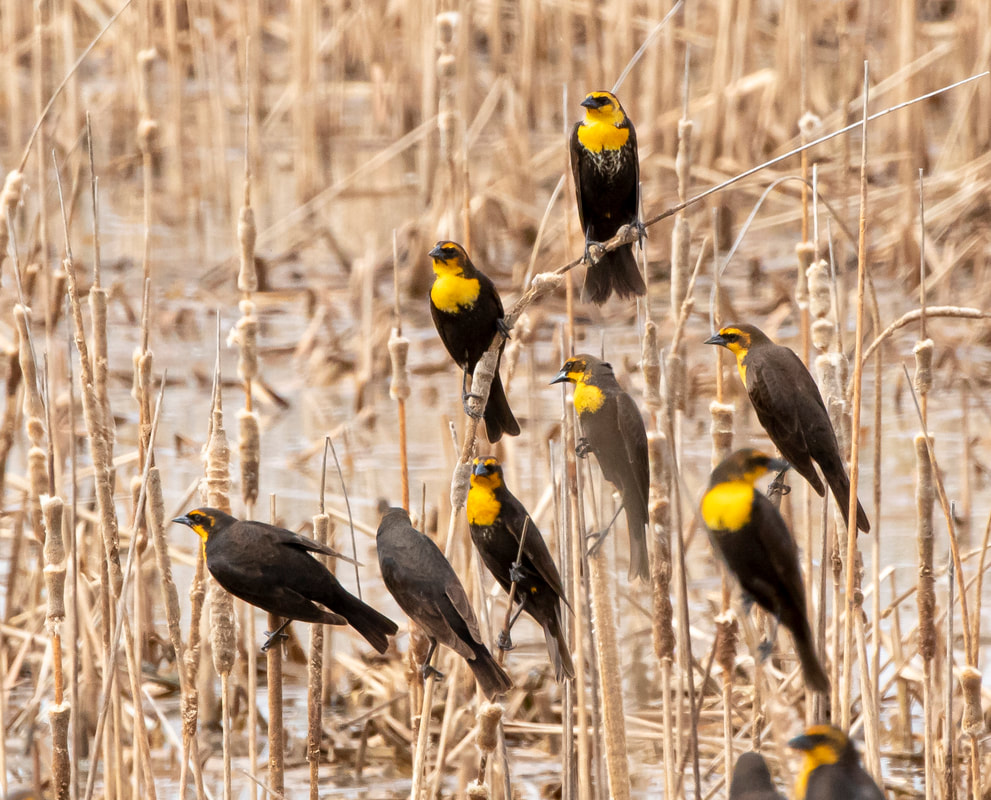
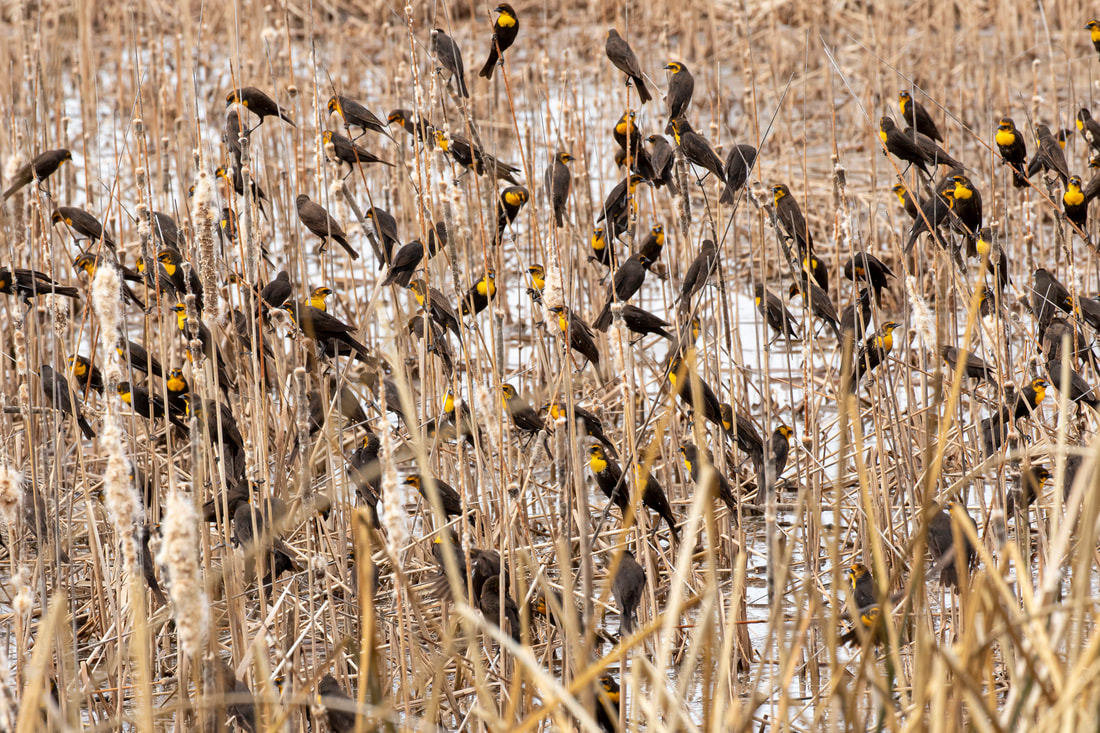
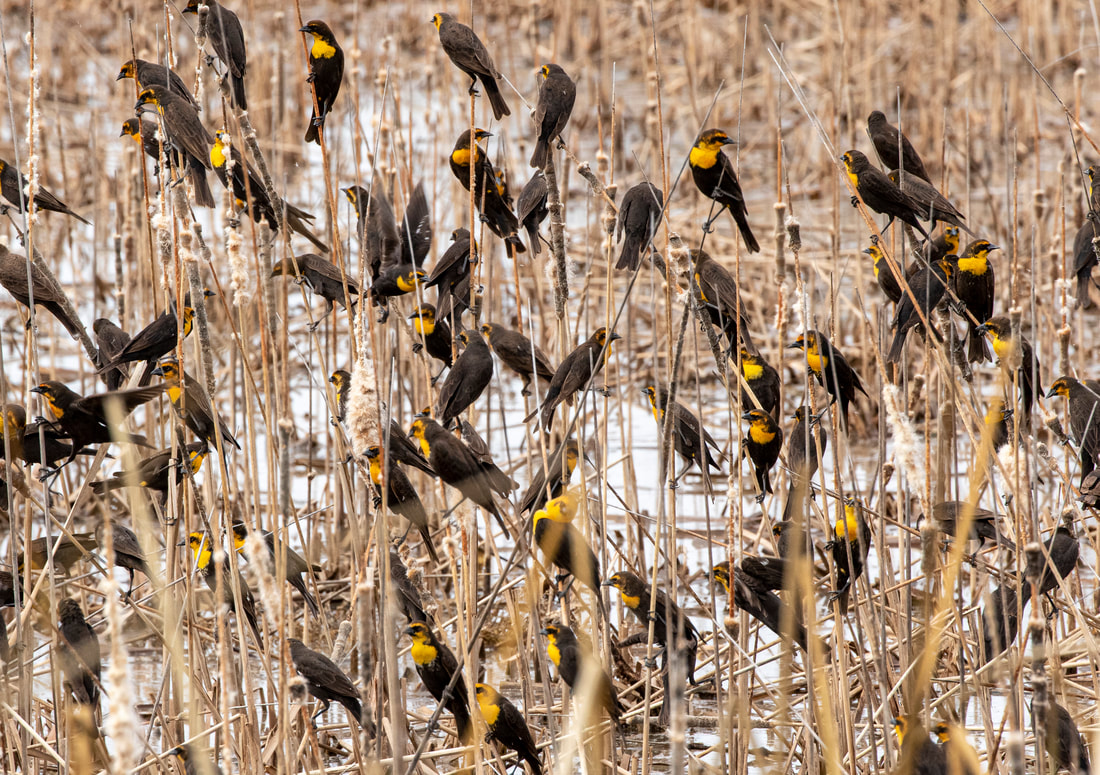
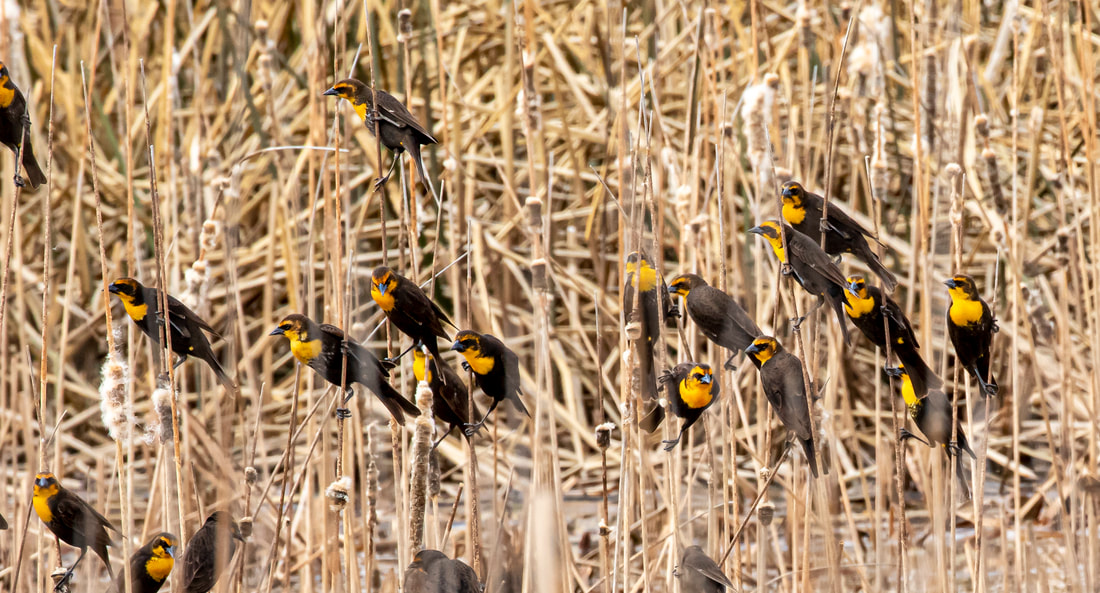

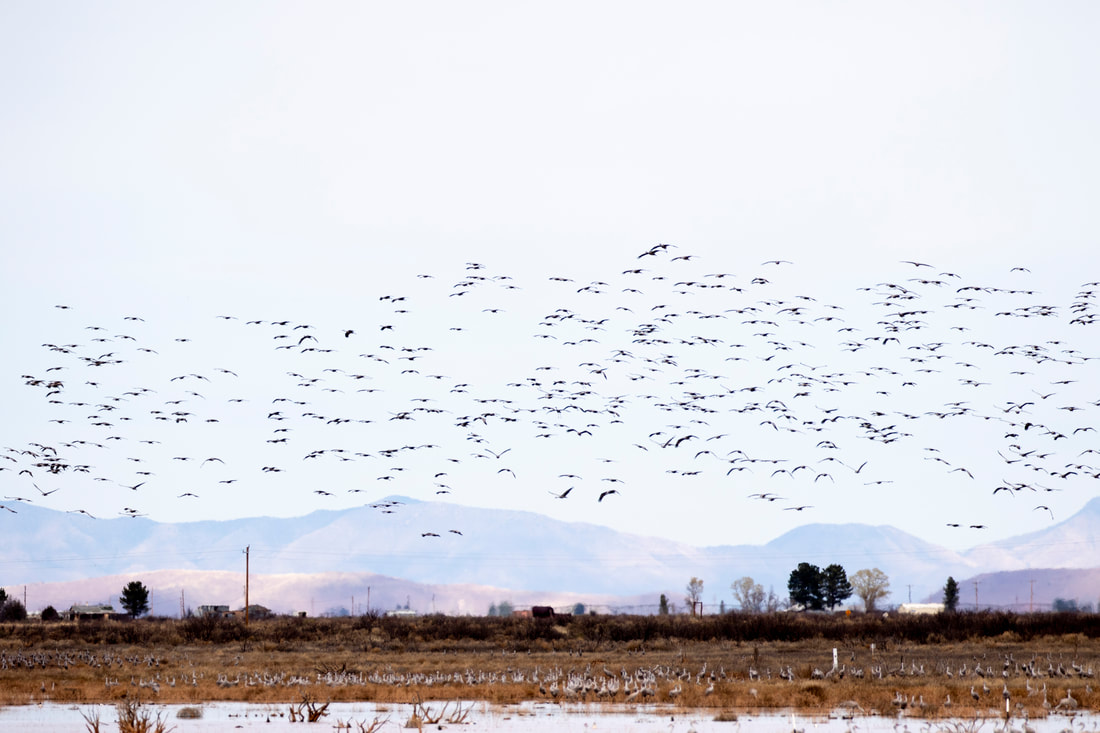
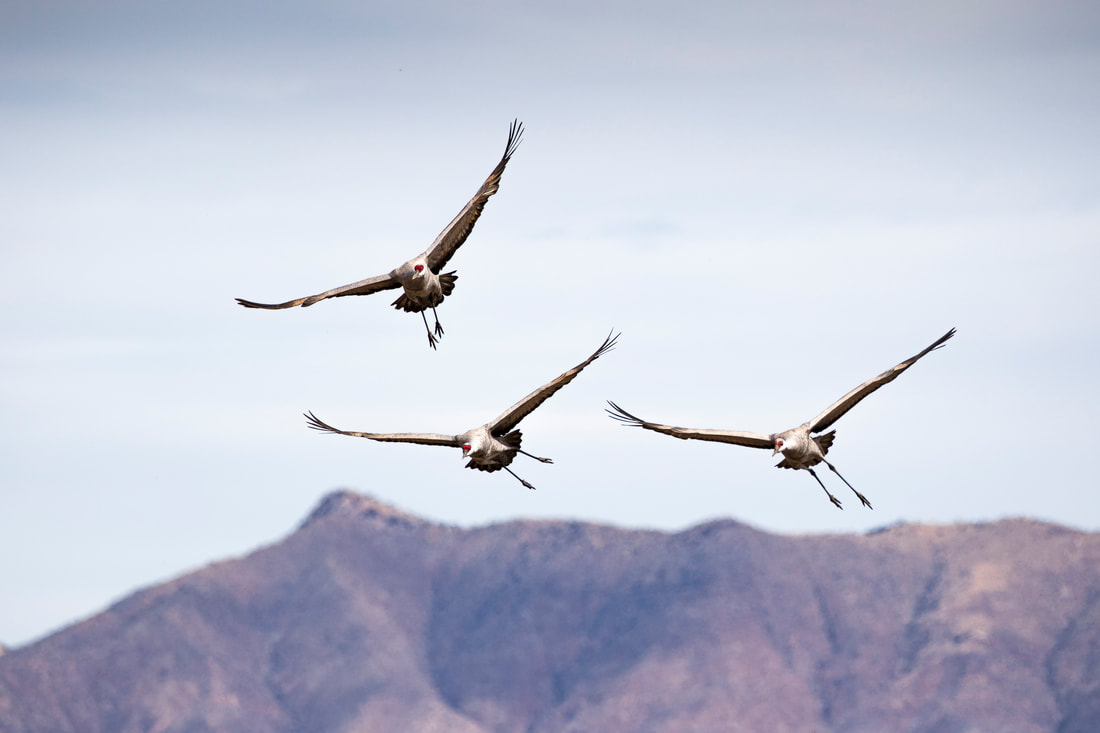
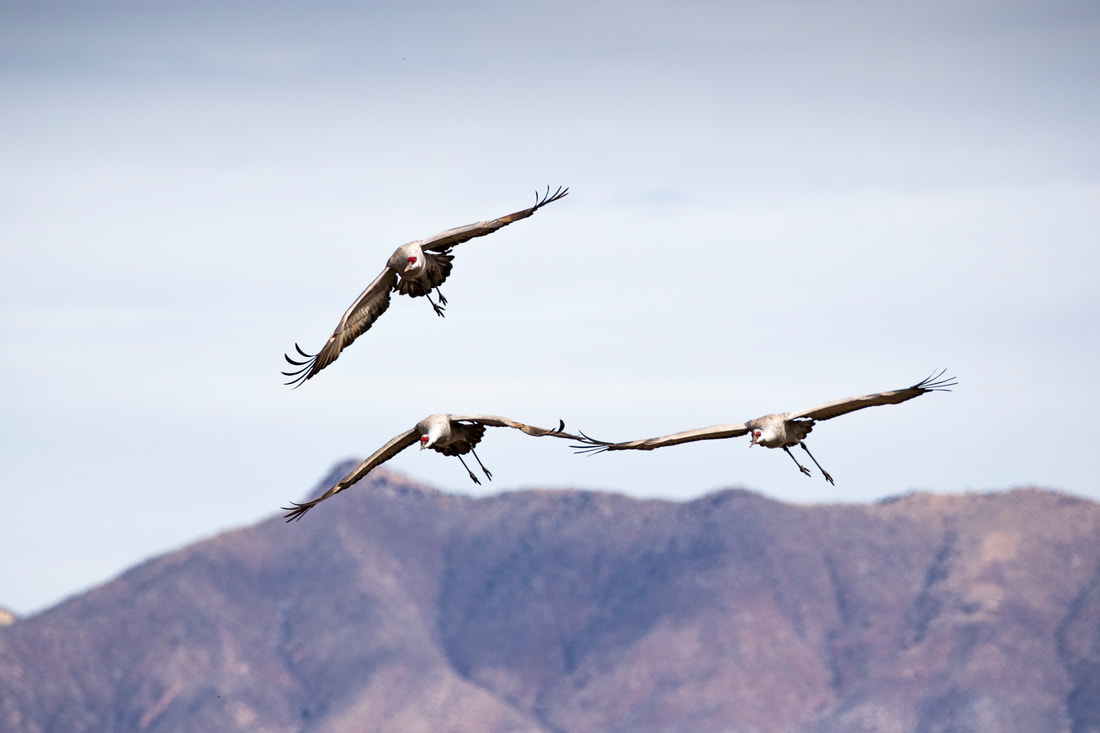
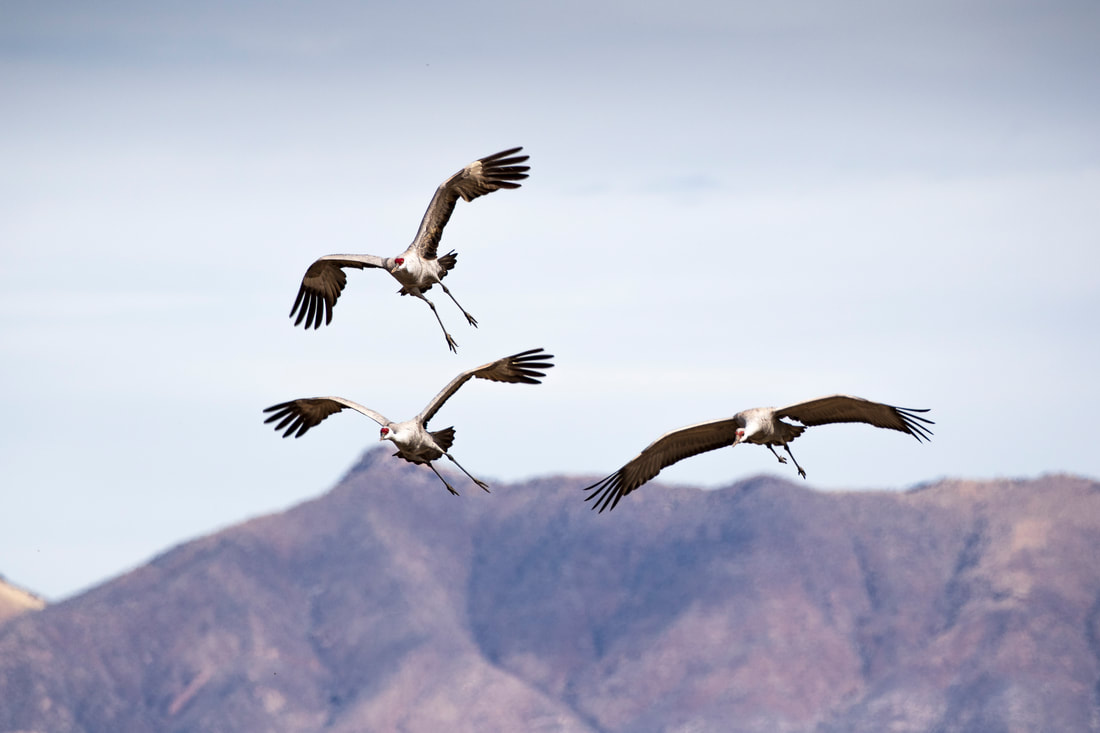
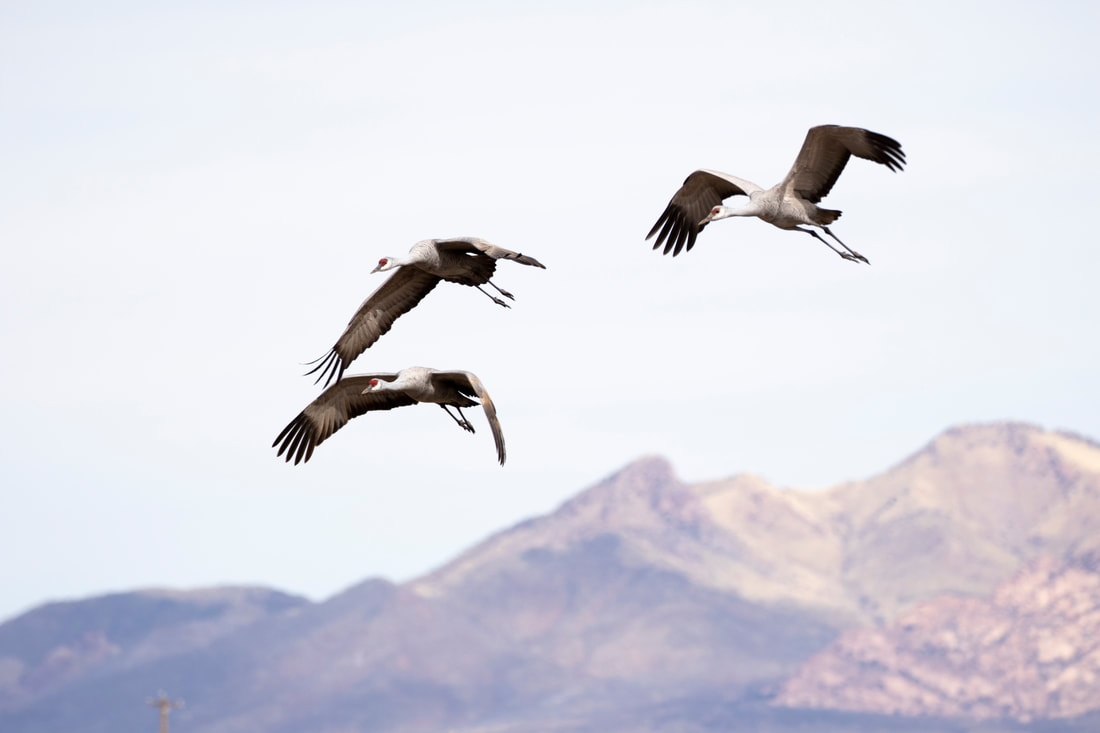
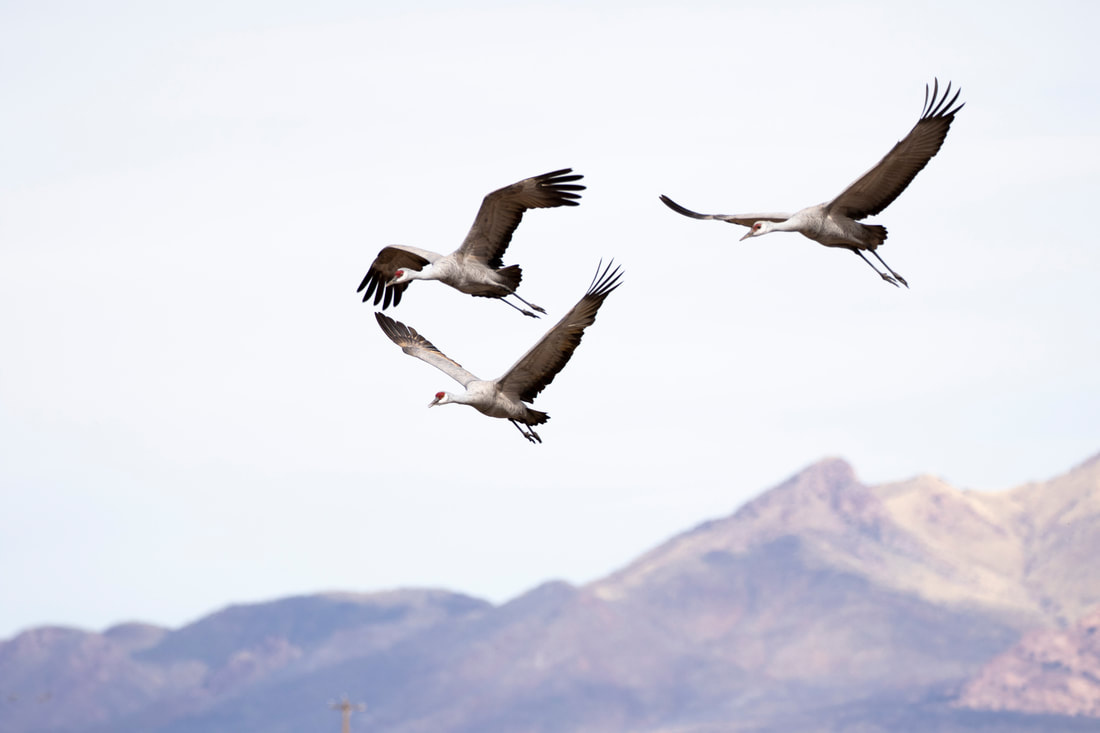
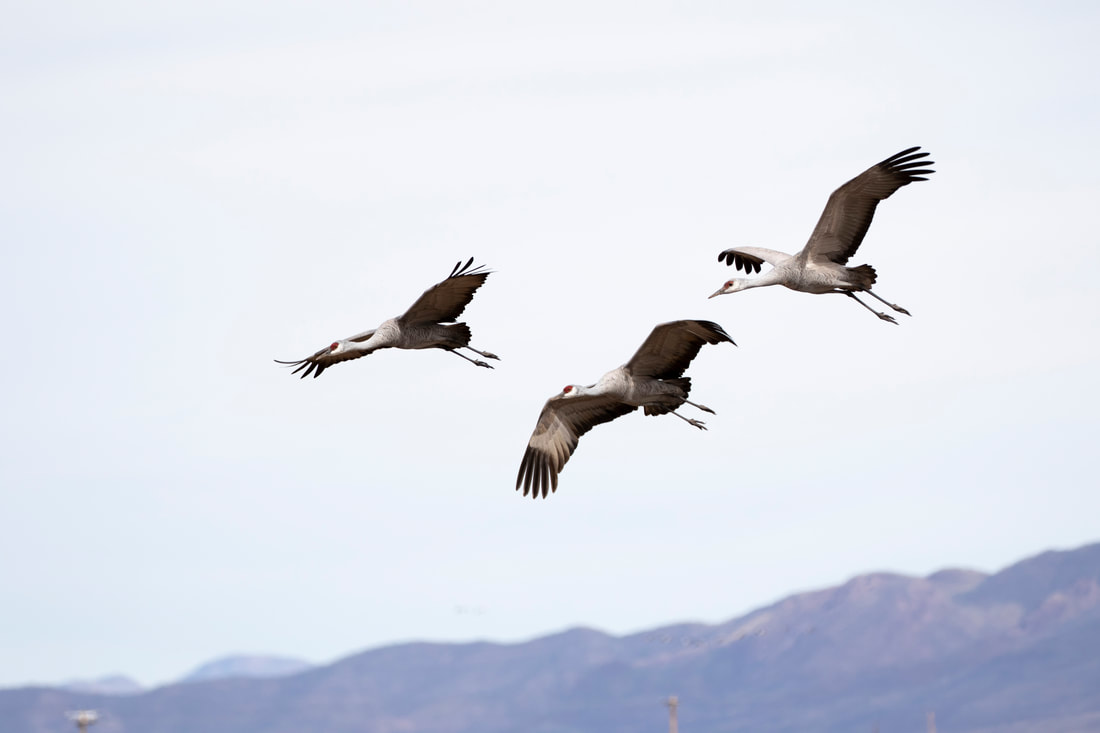
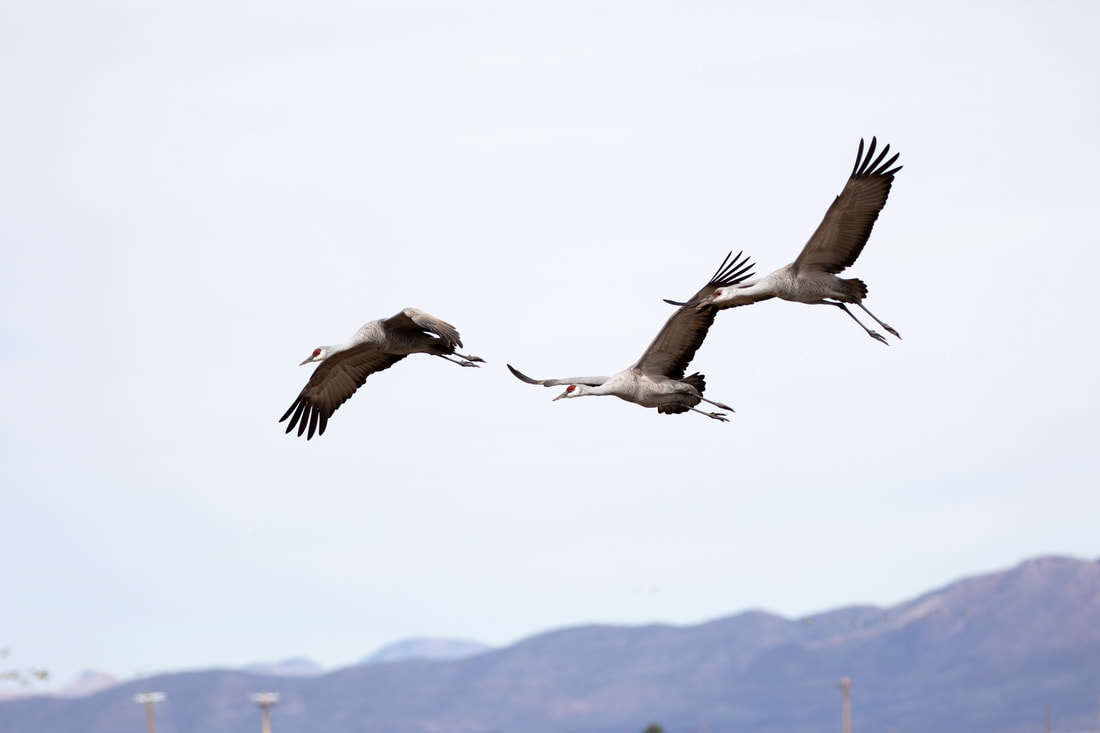
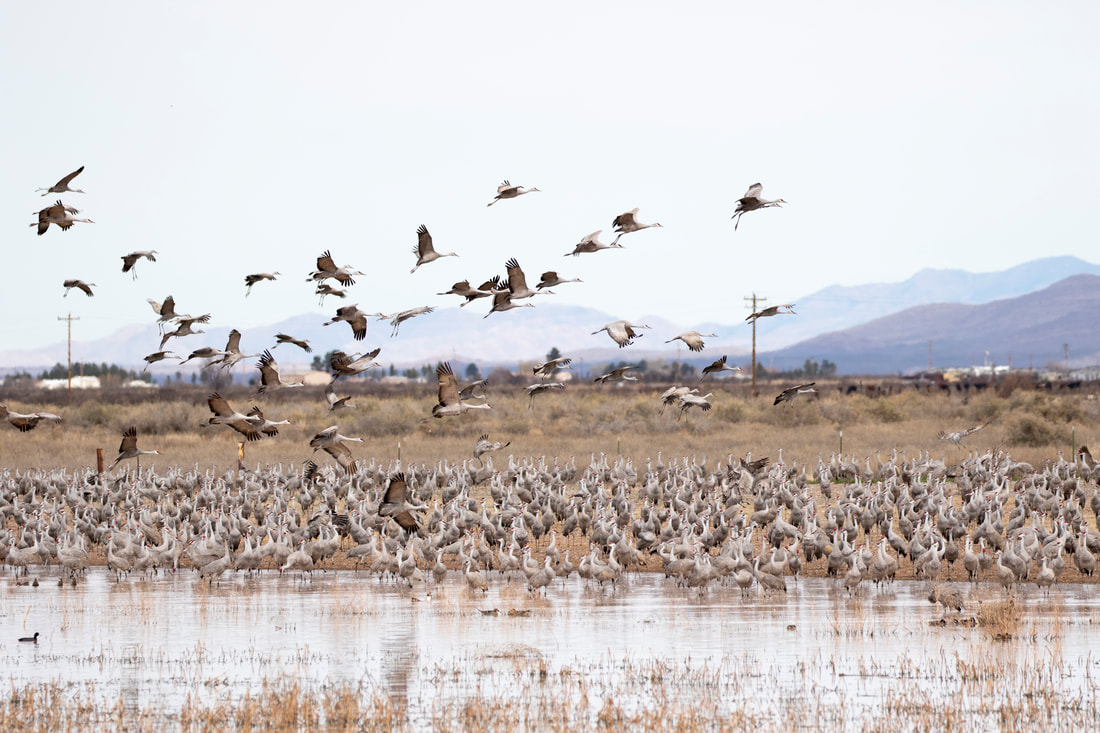
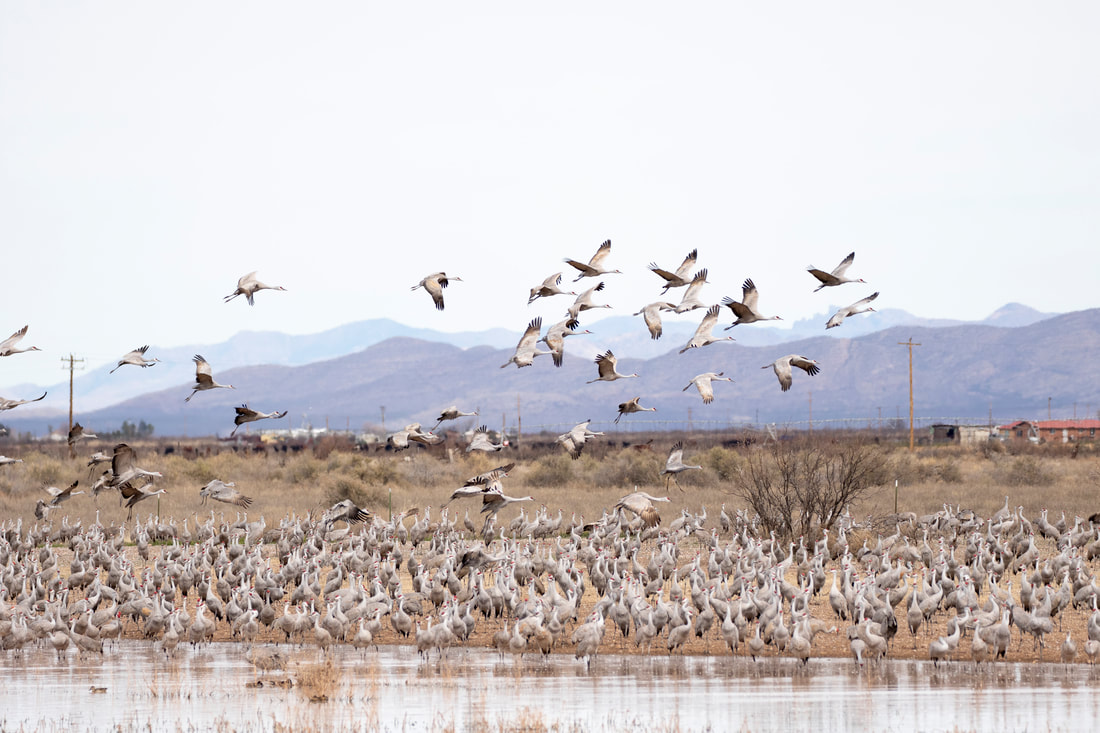
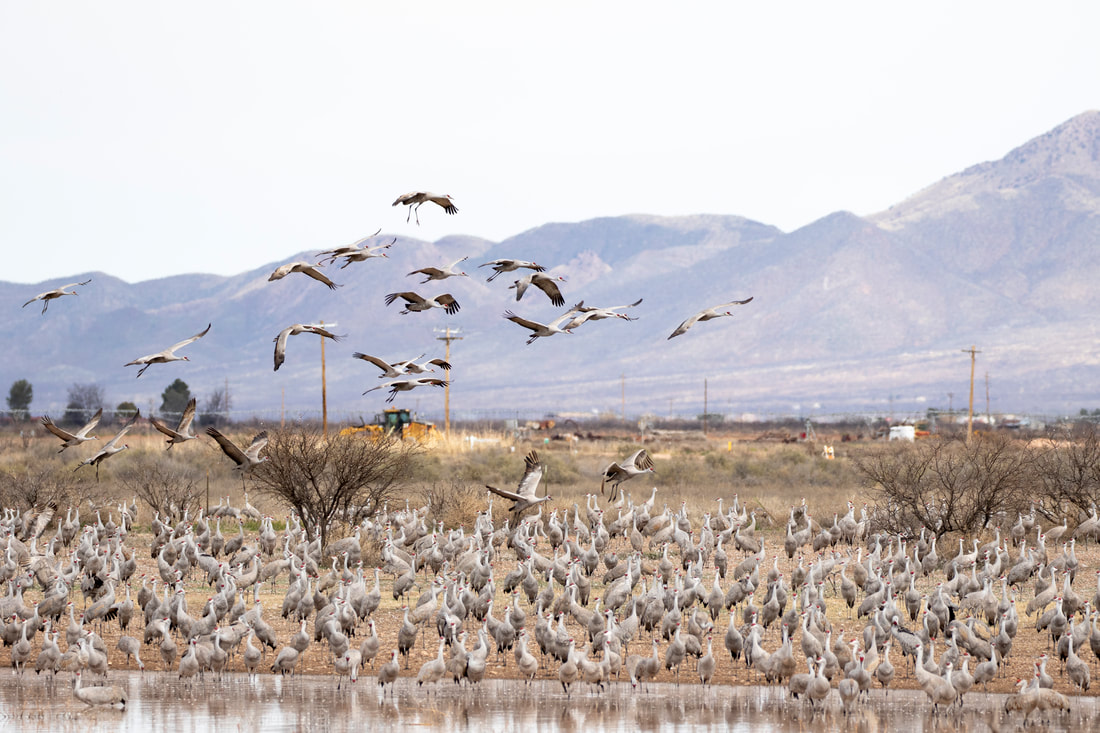
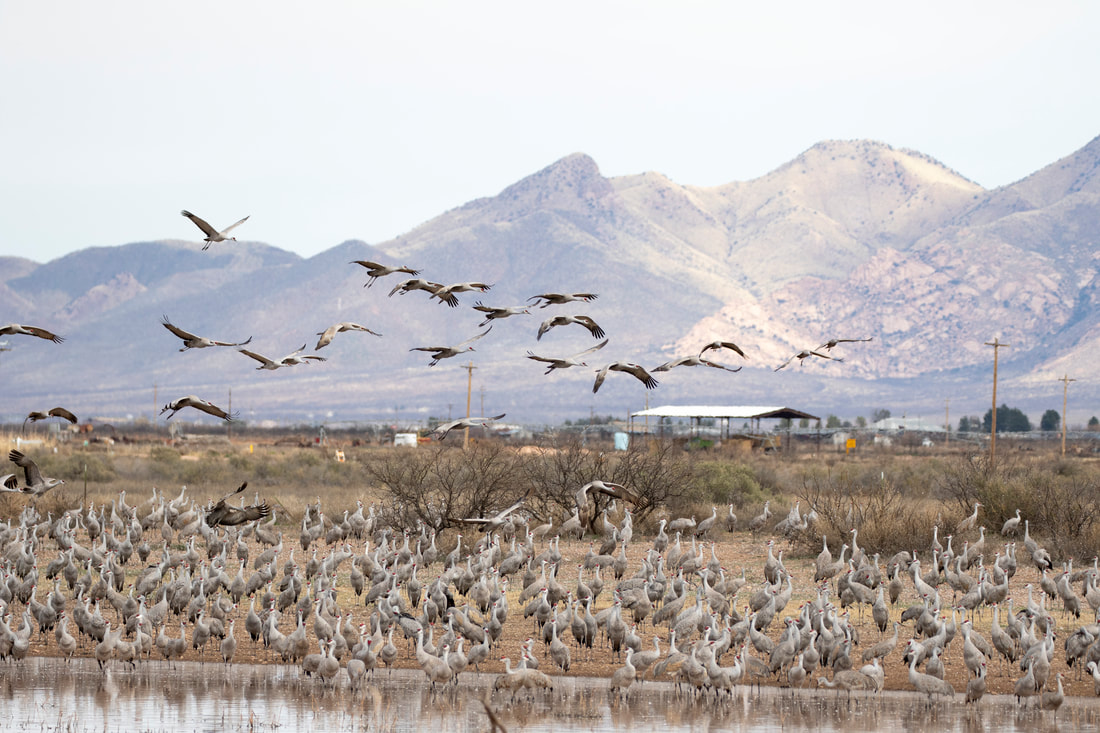
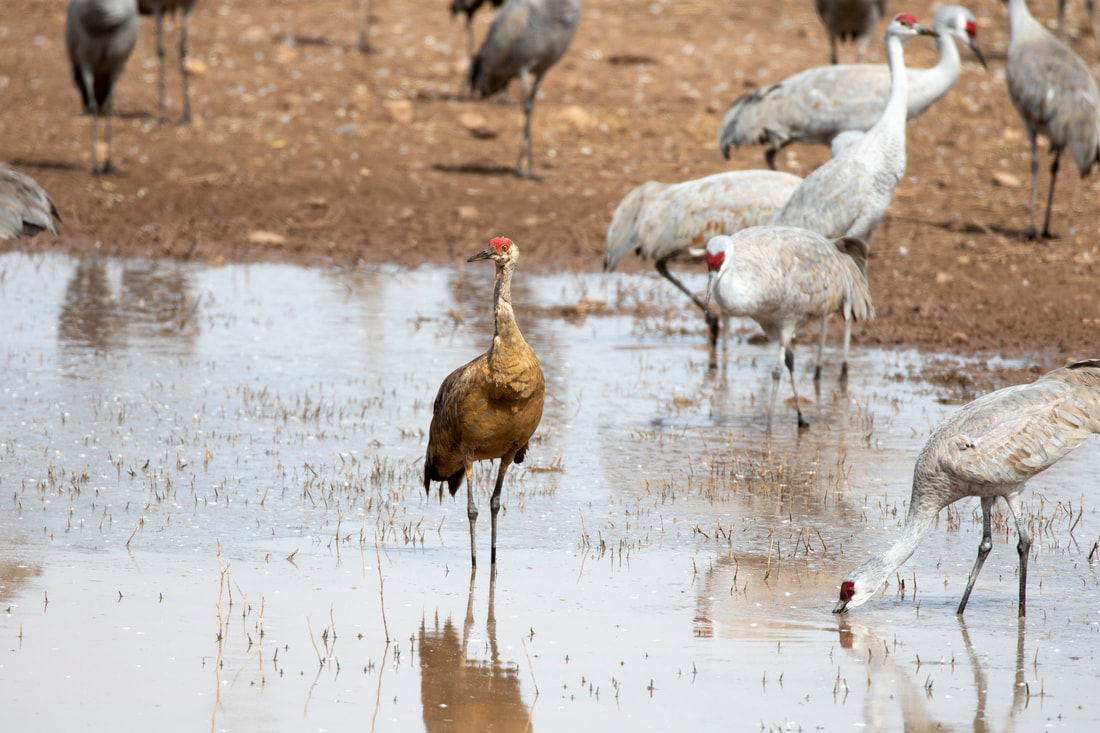

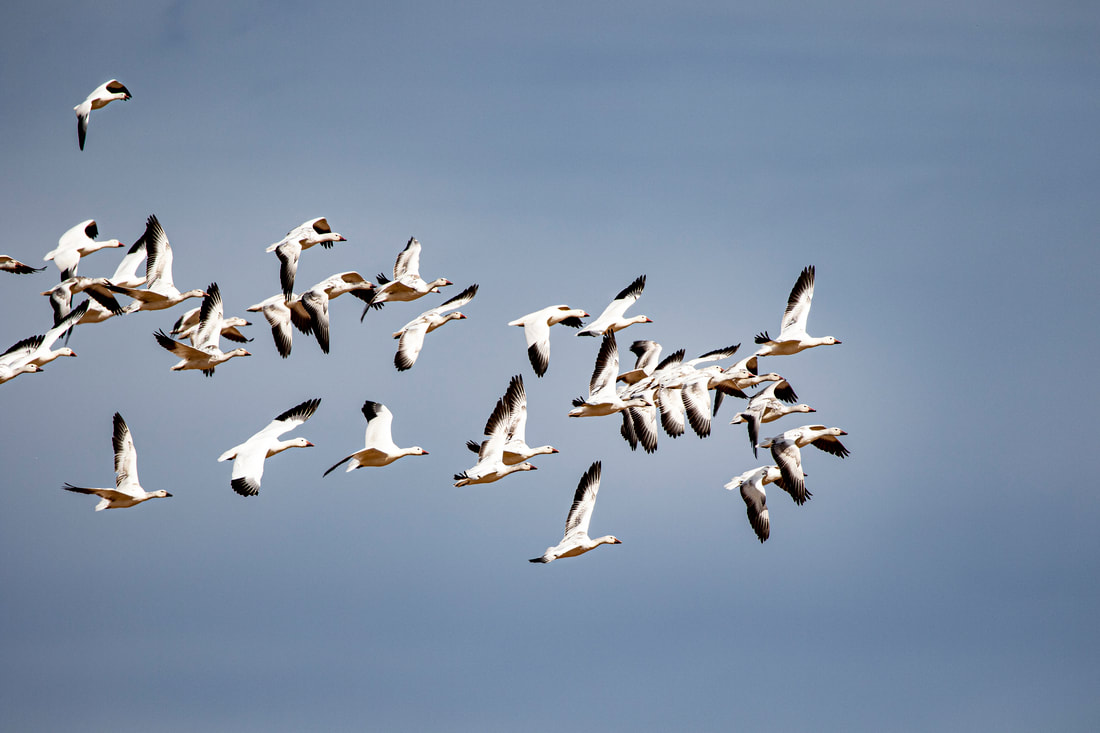
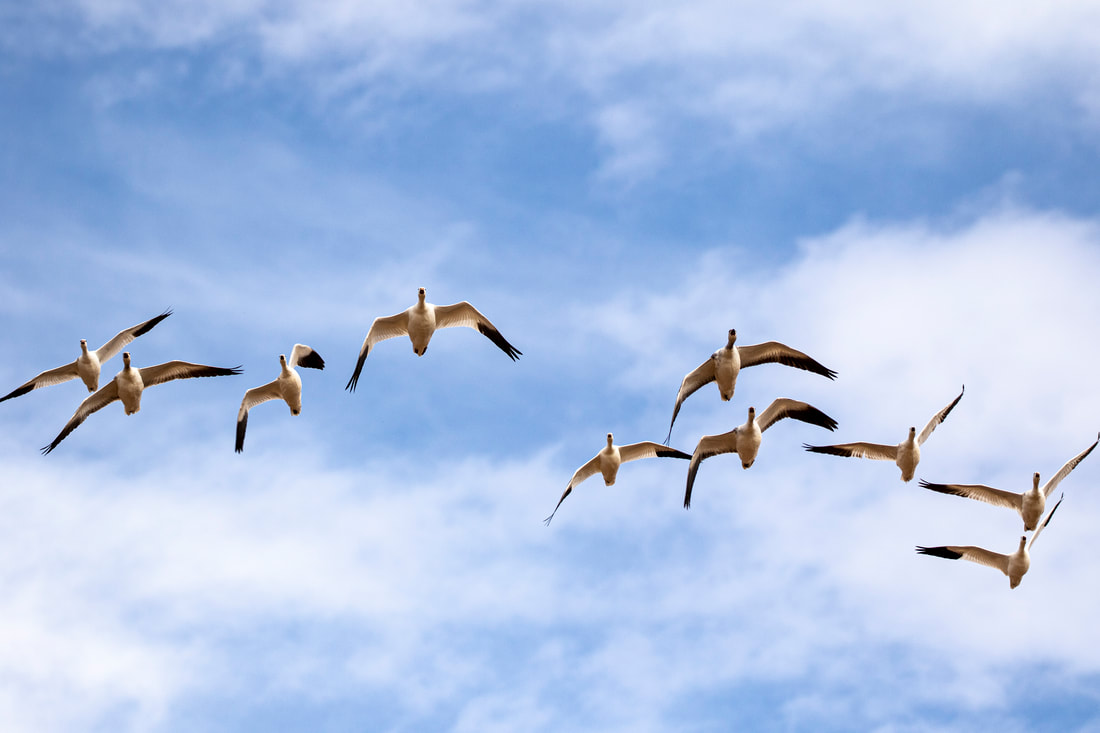
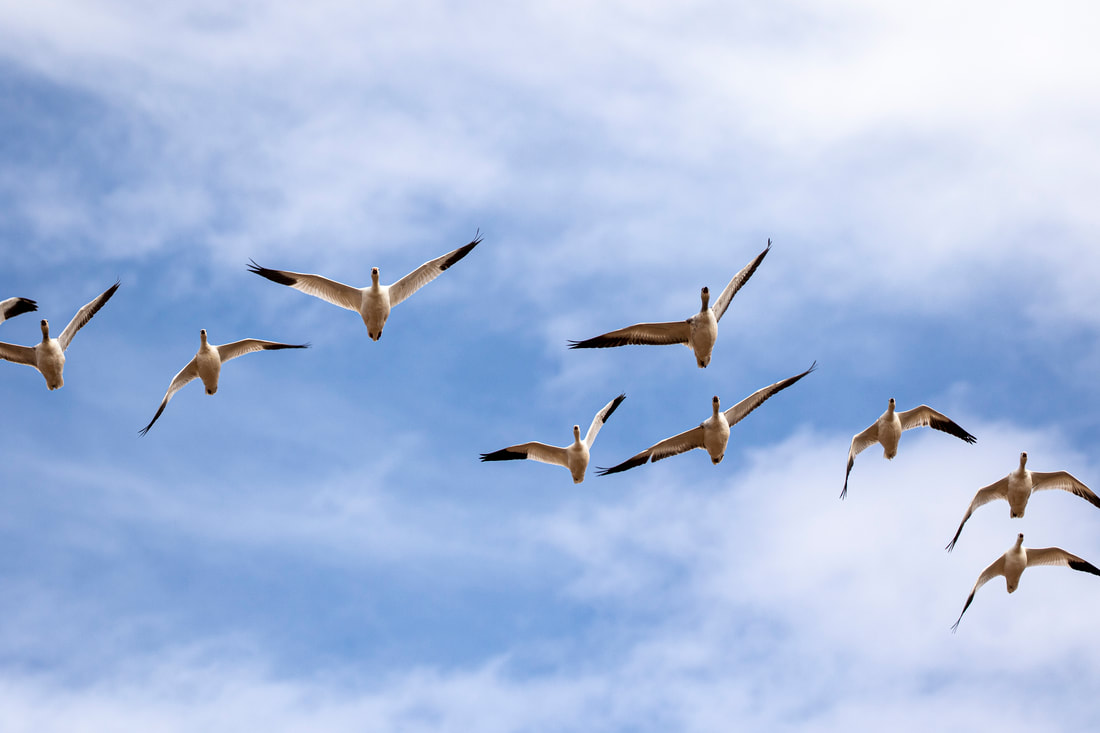
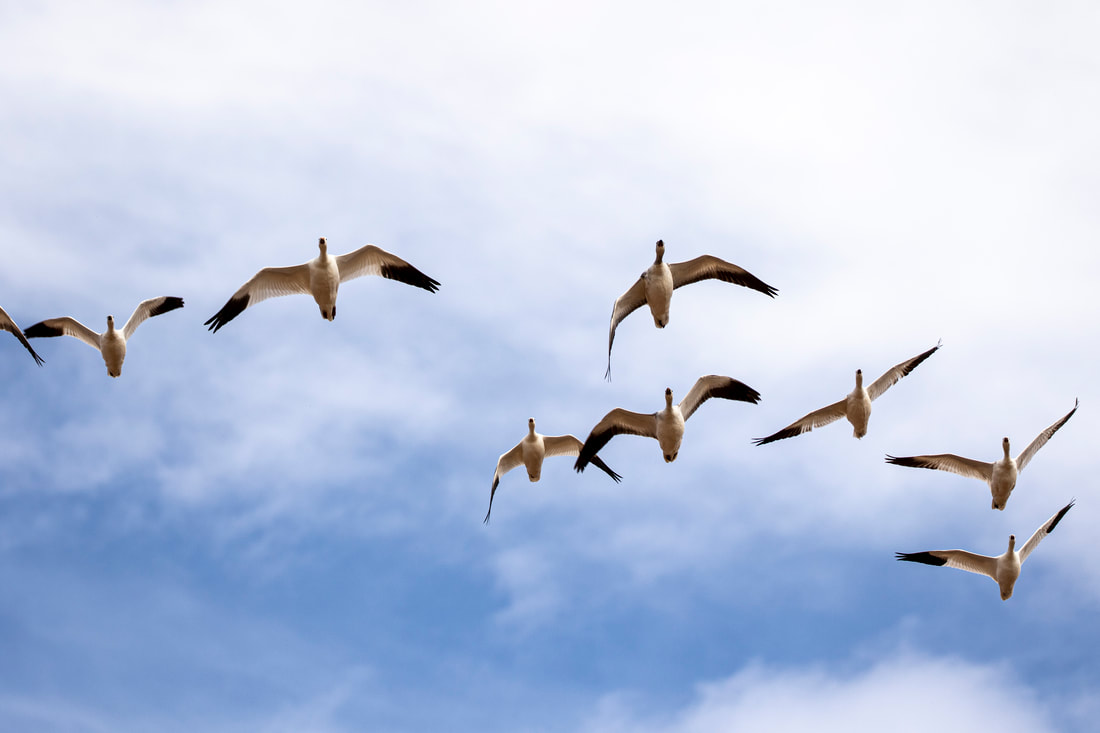
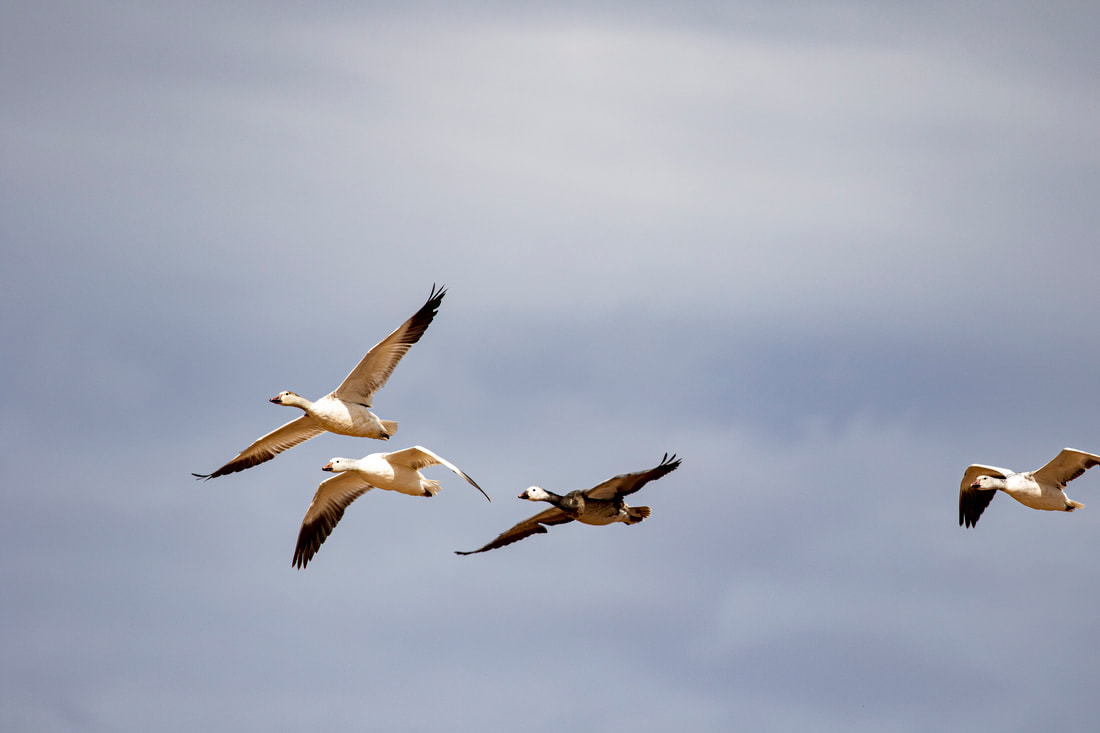
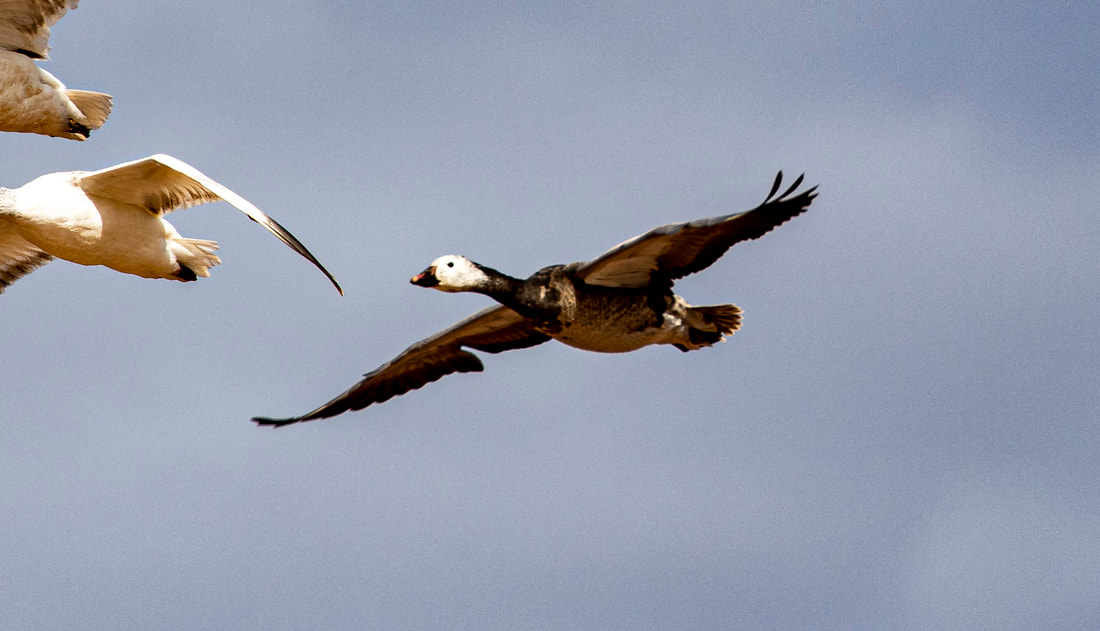
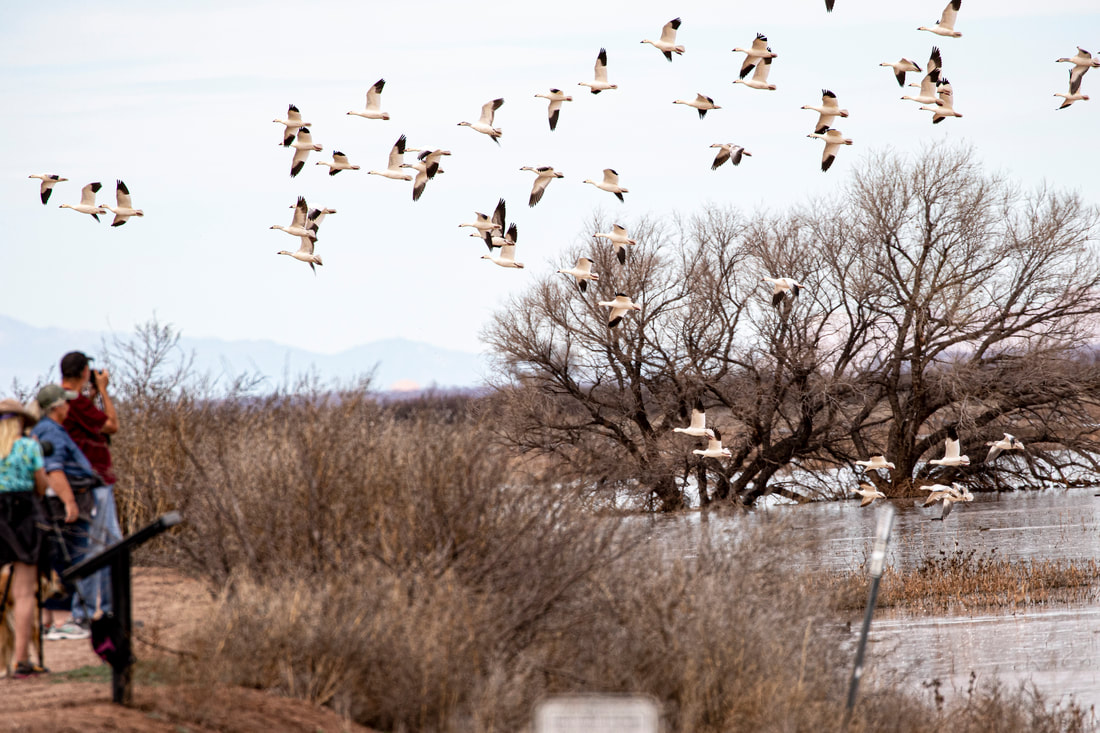
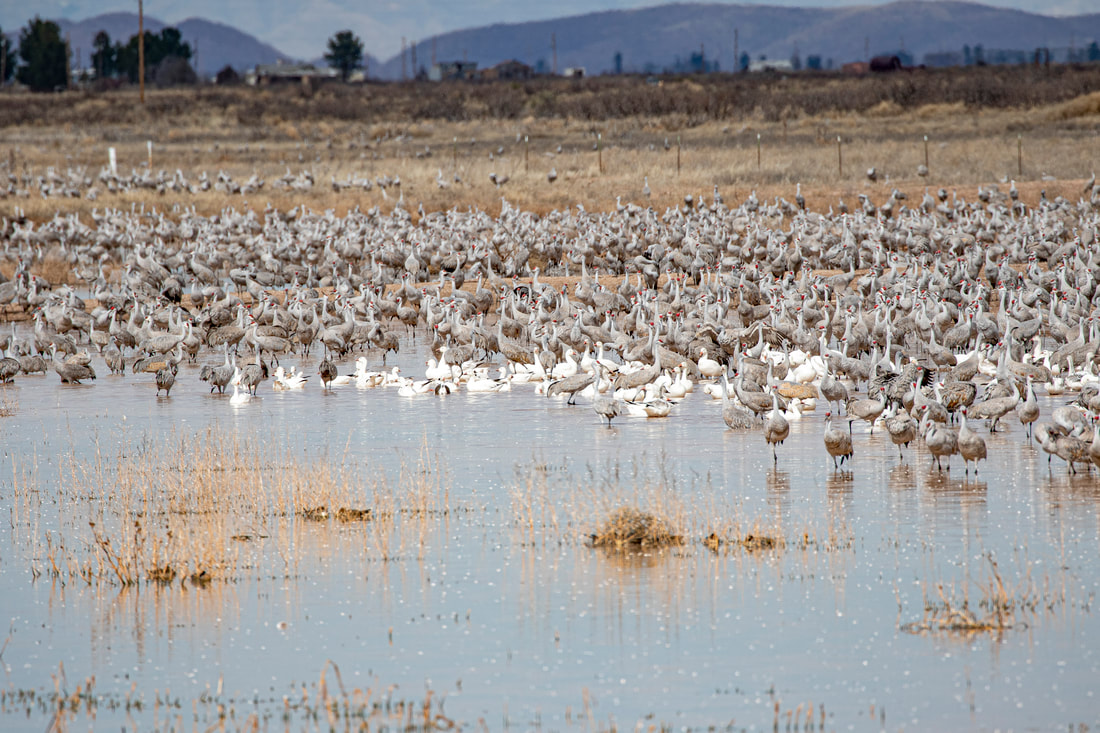
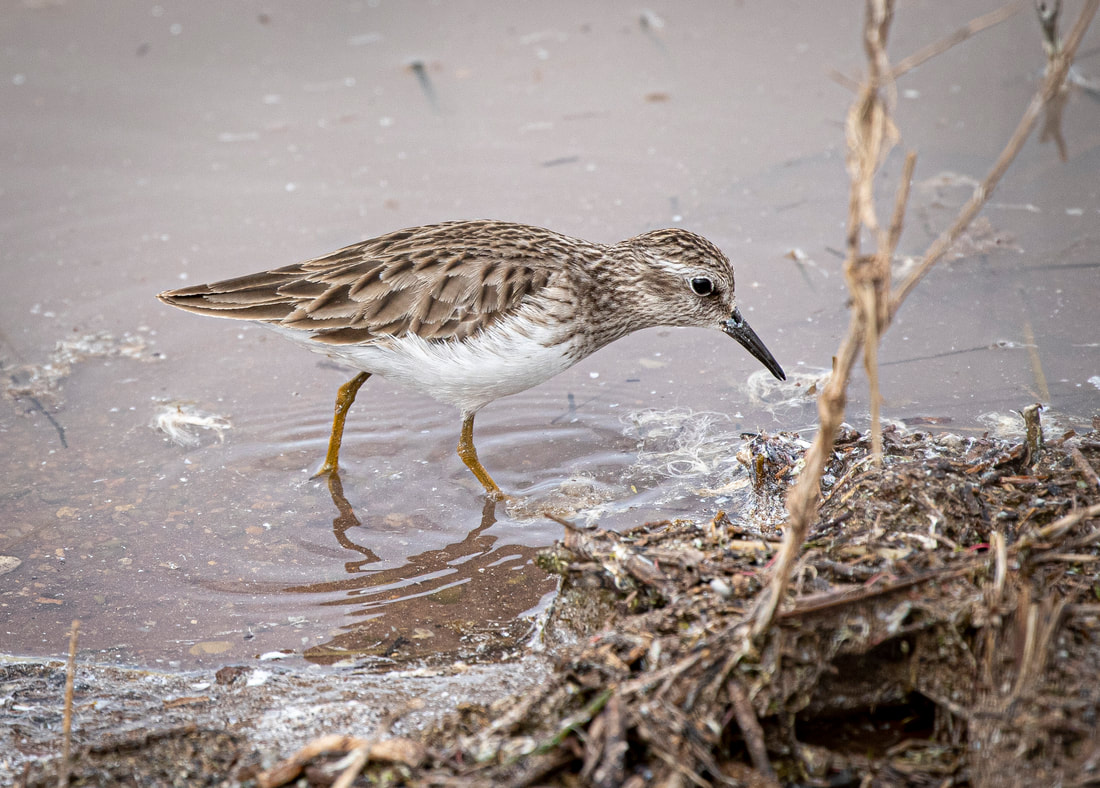
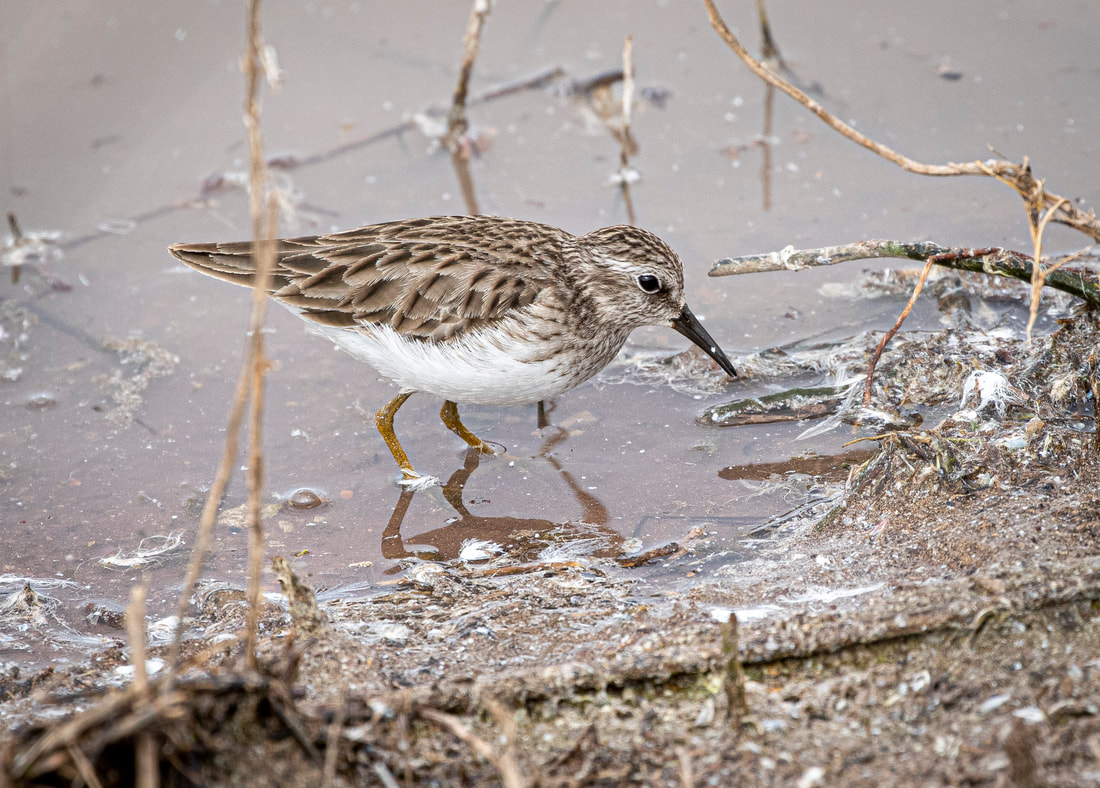
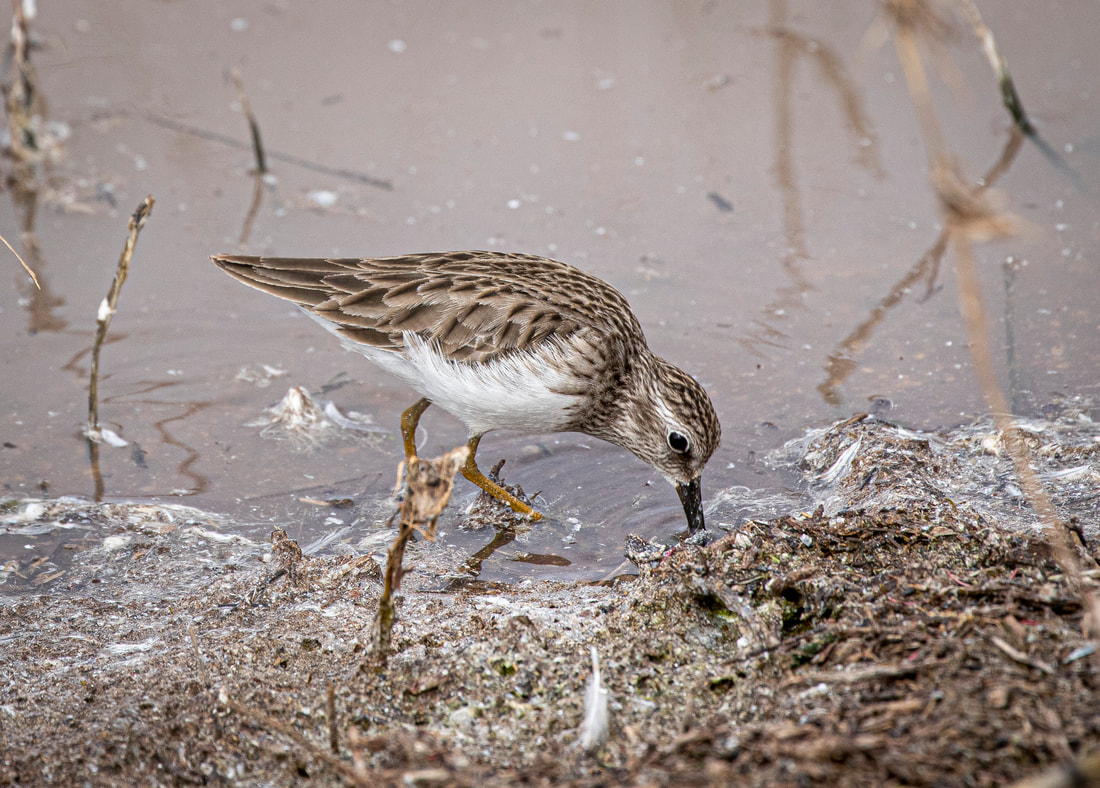
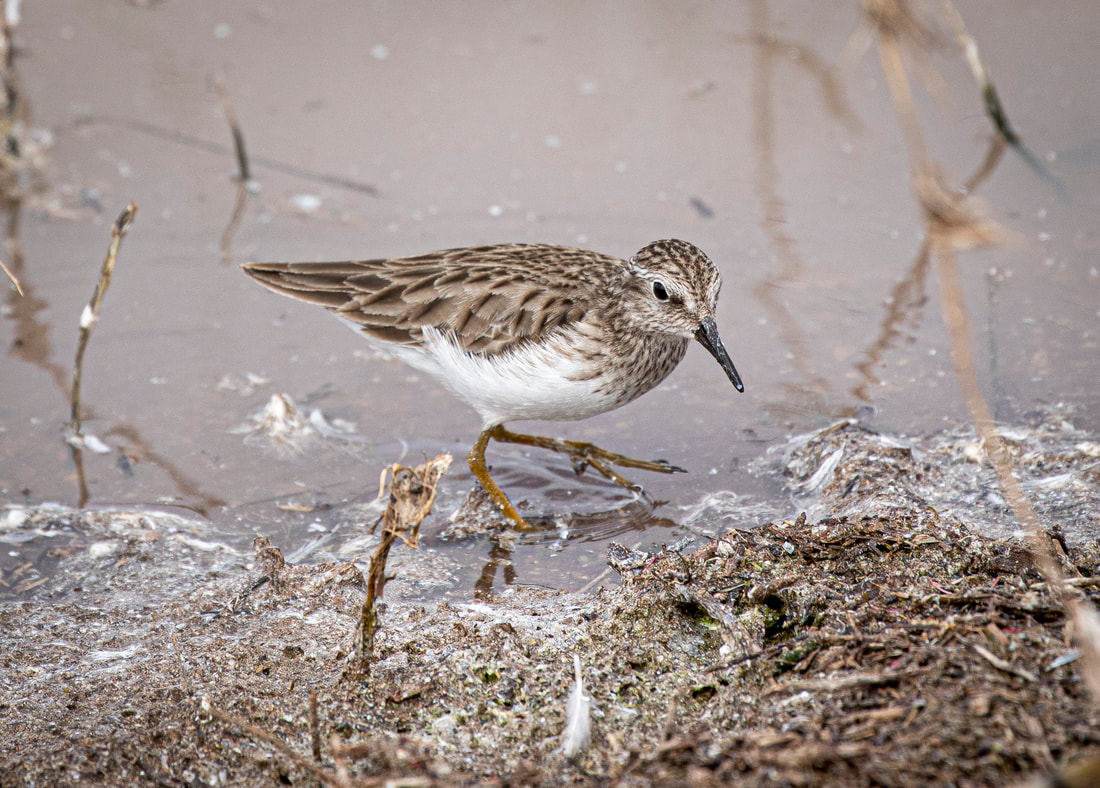
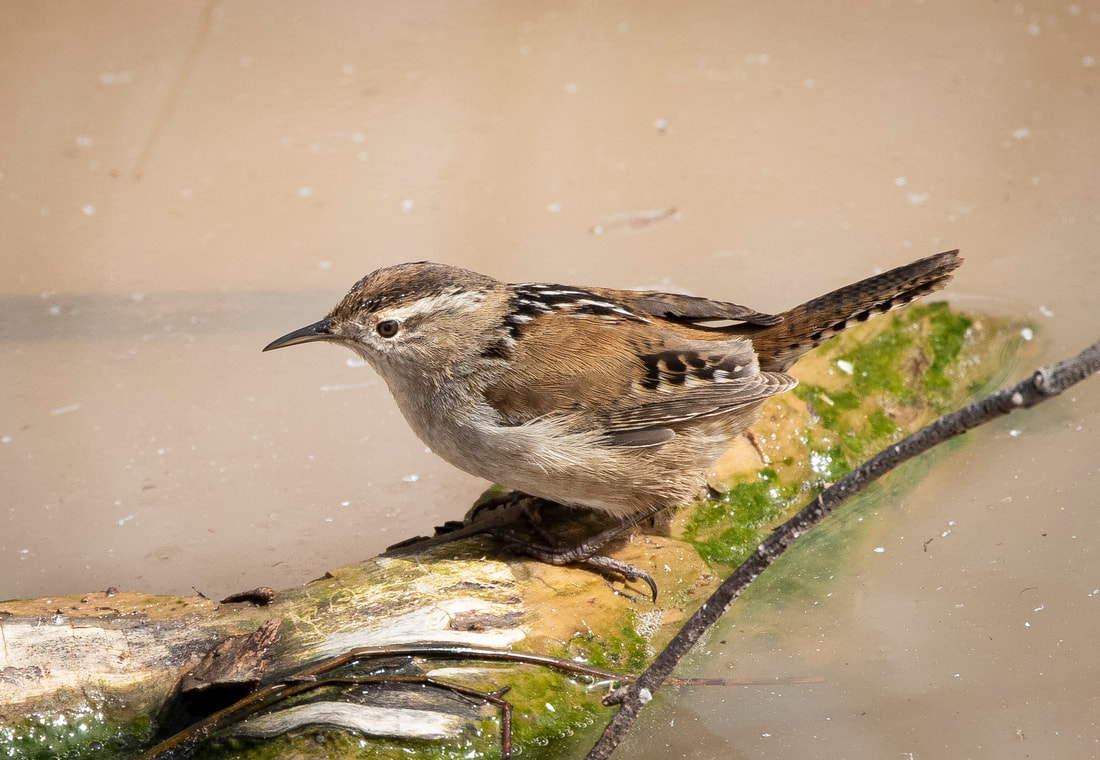
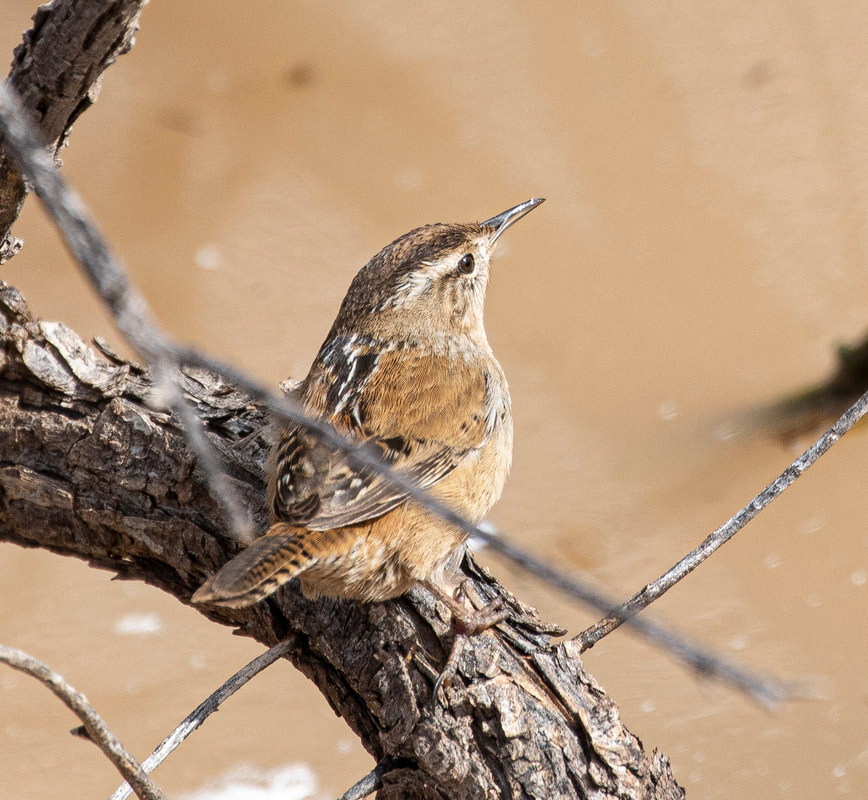
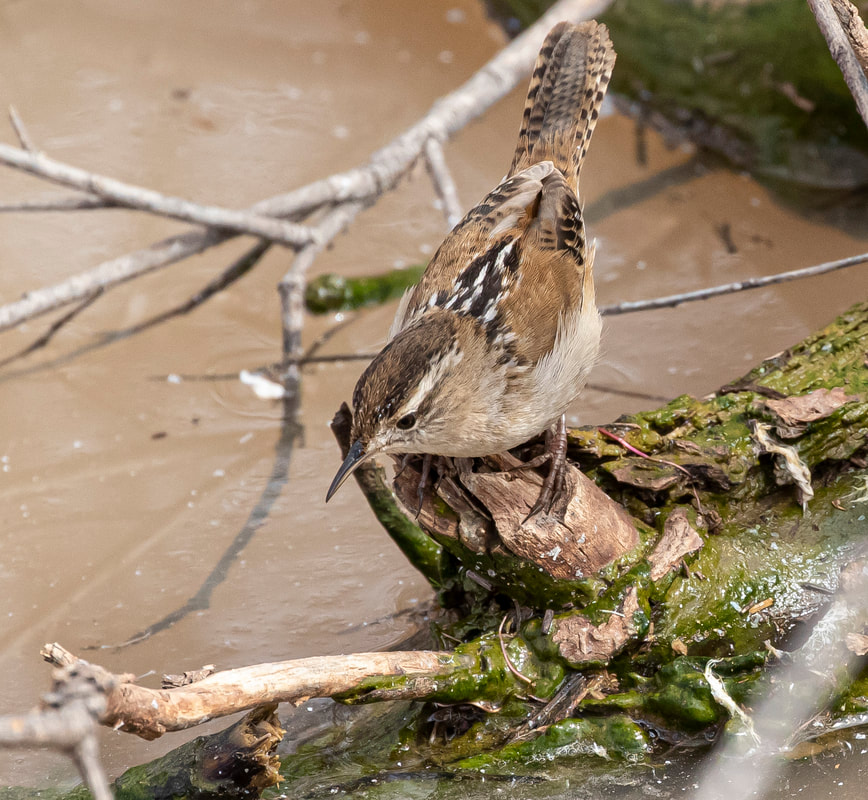
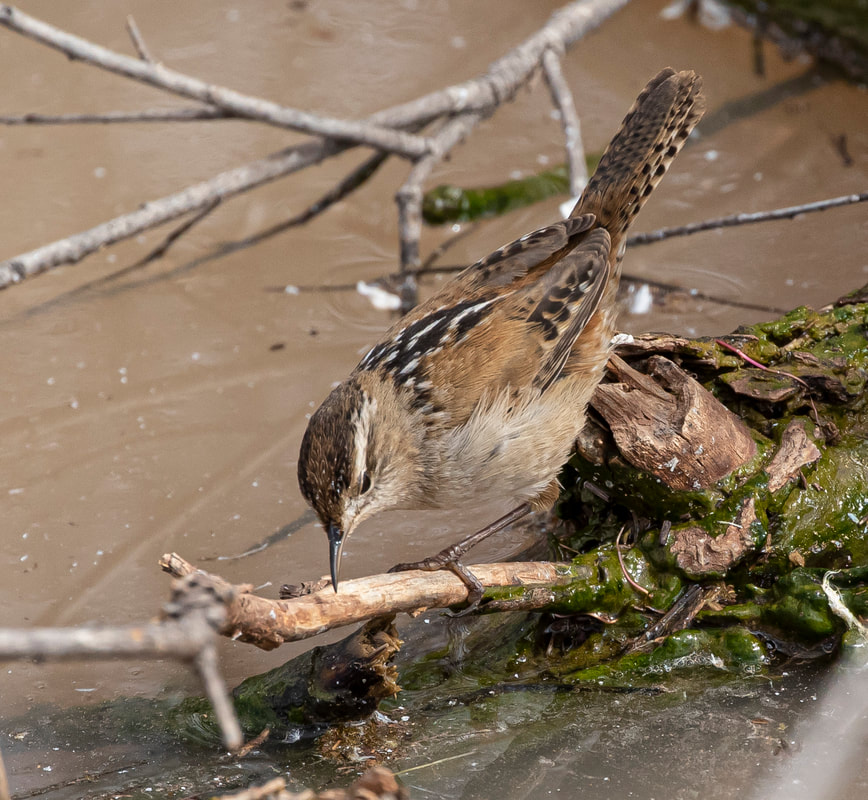
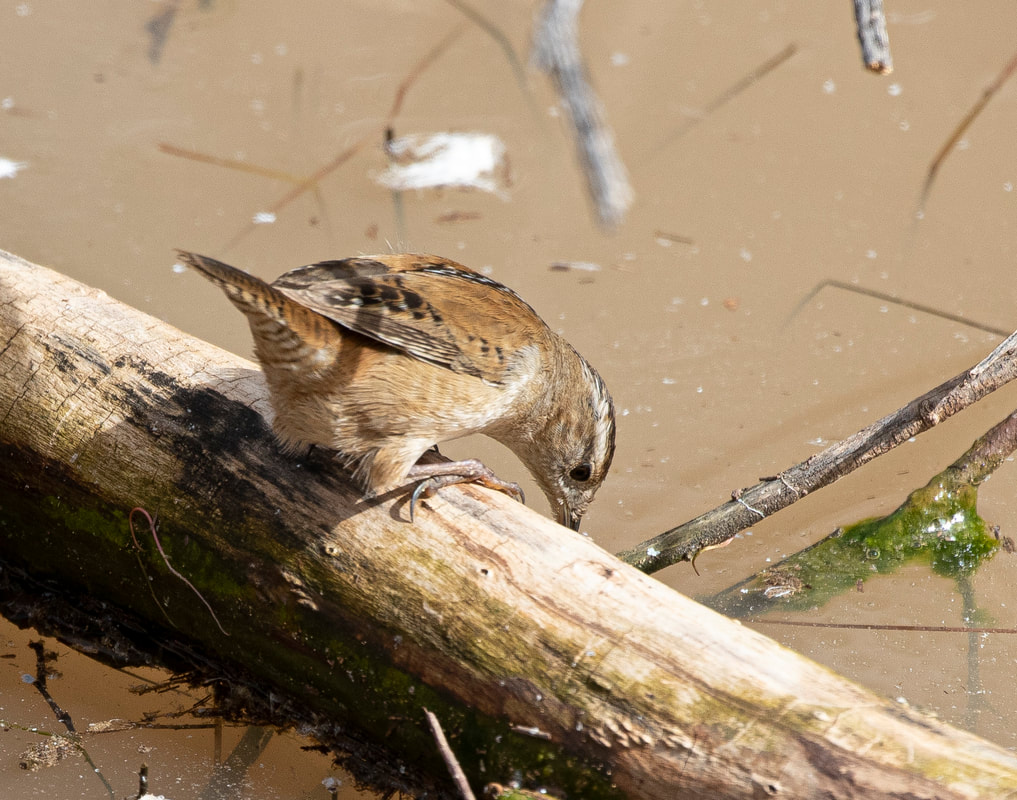
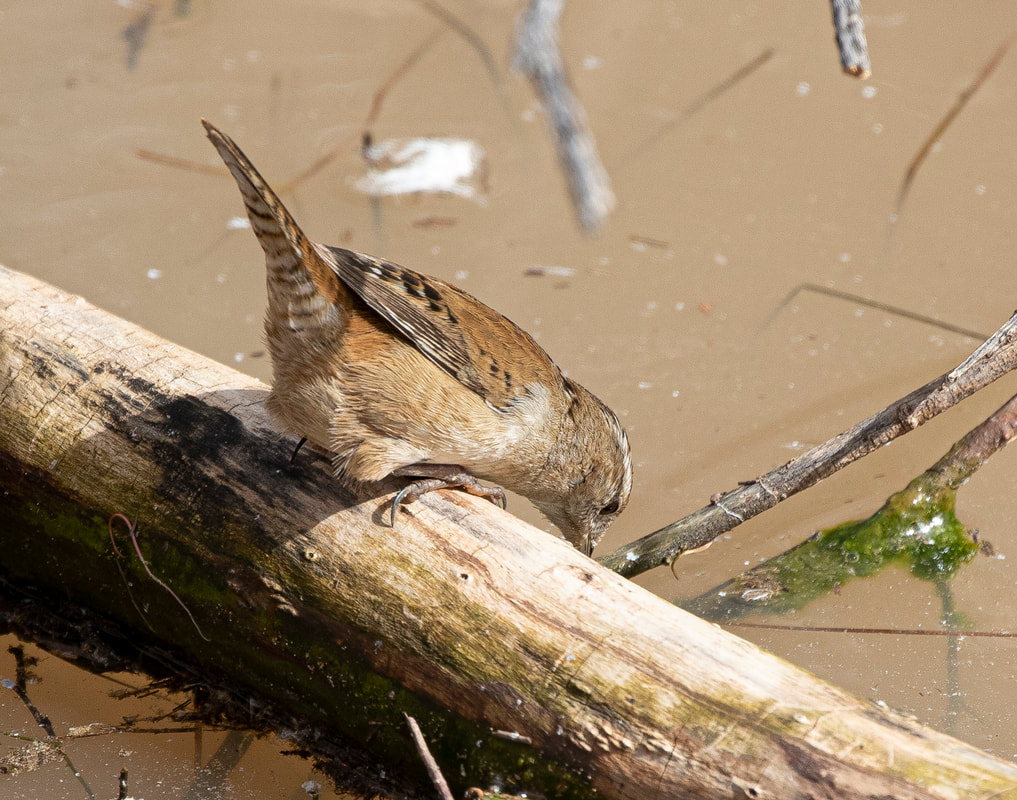
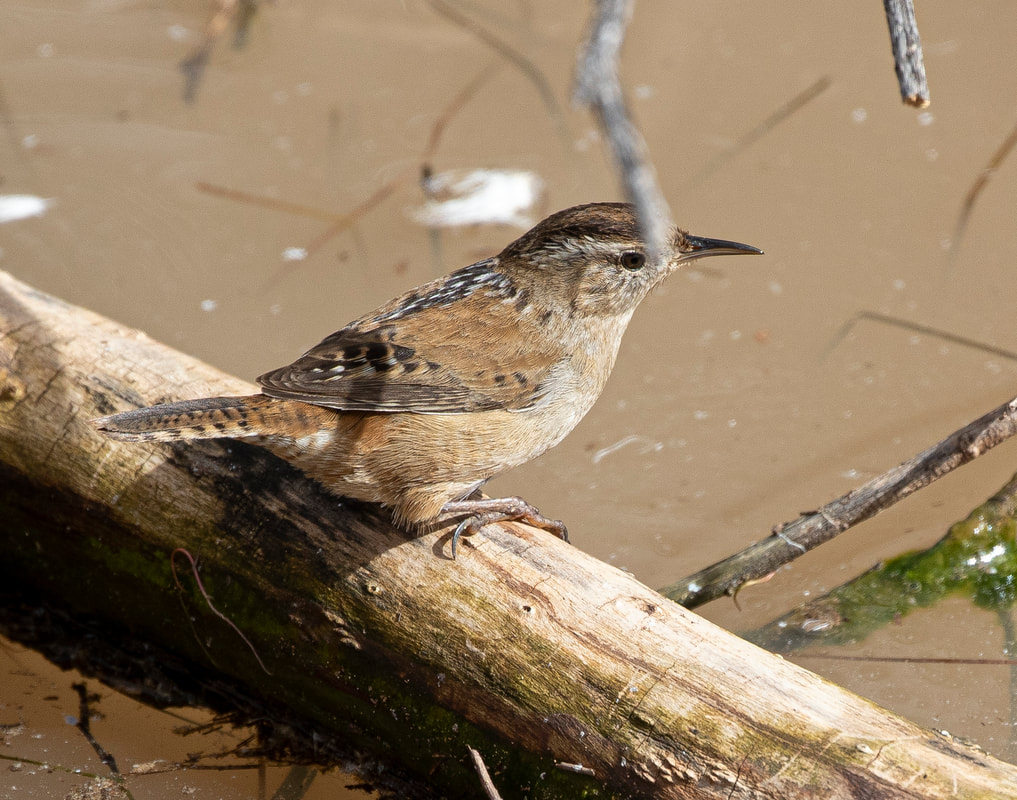
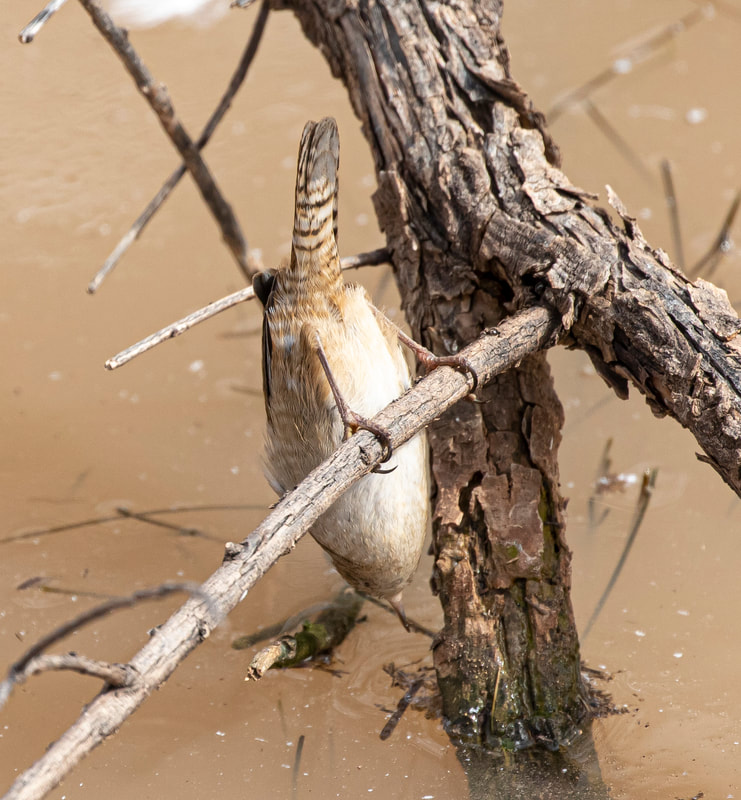
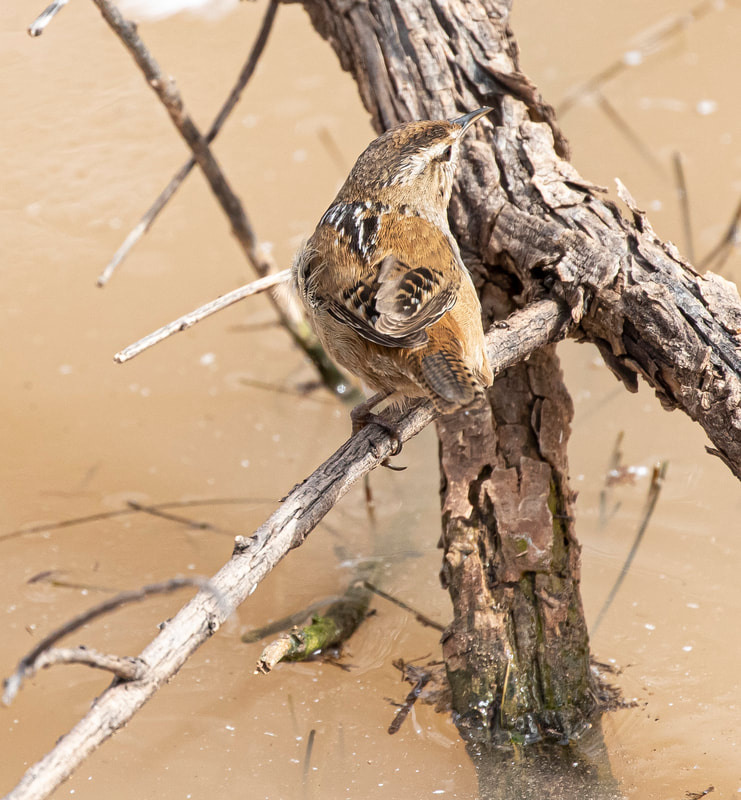
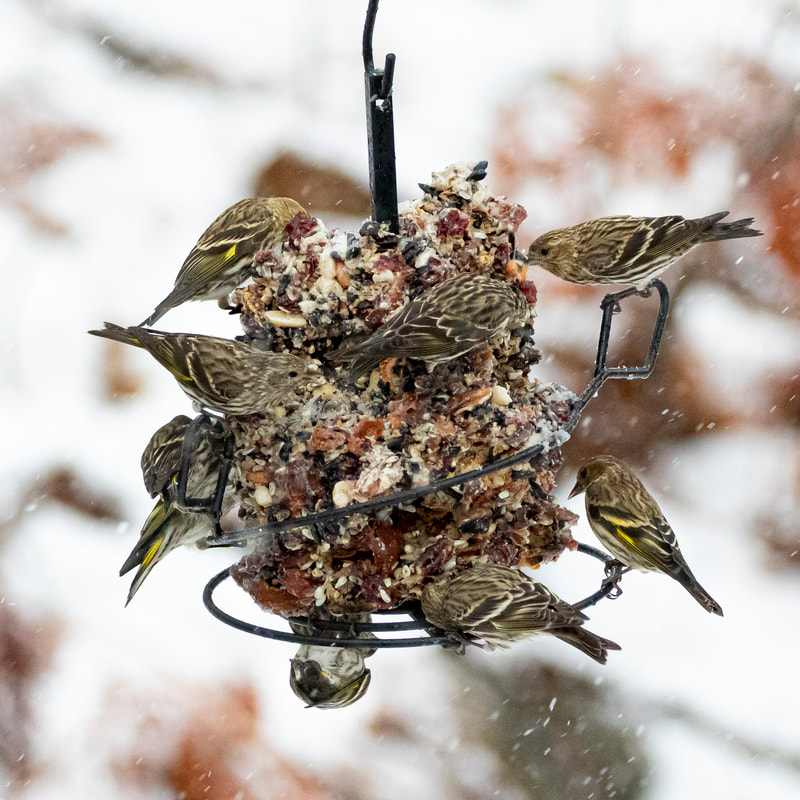
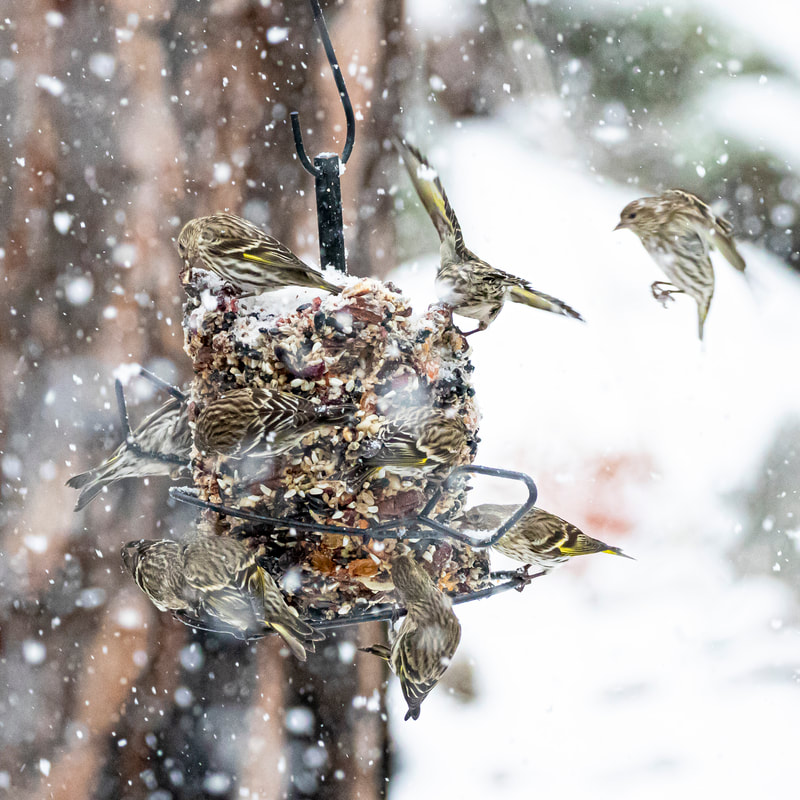
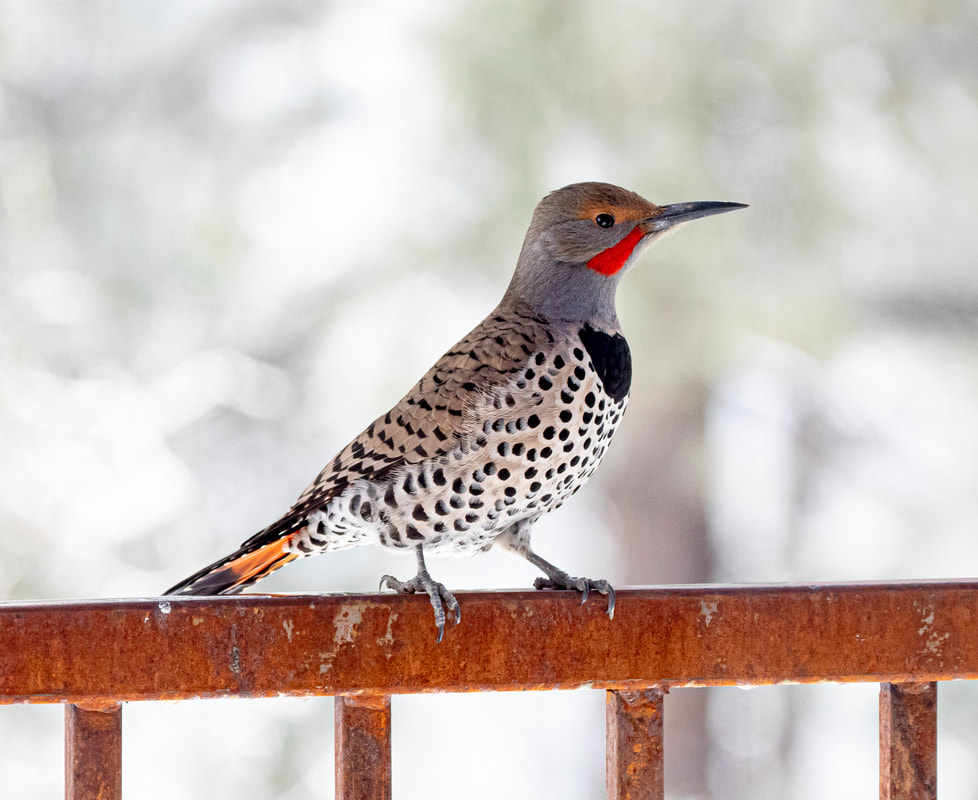
 RSS Feed
RSS Feed